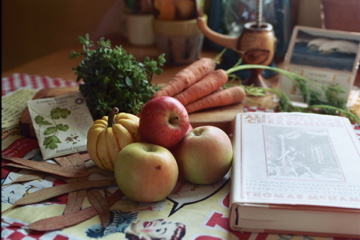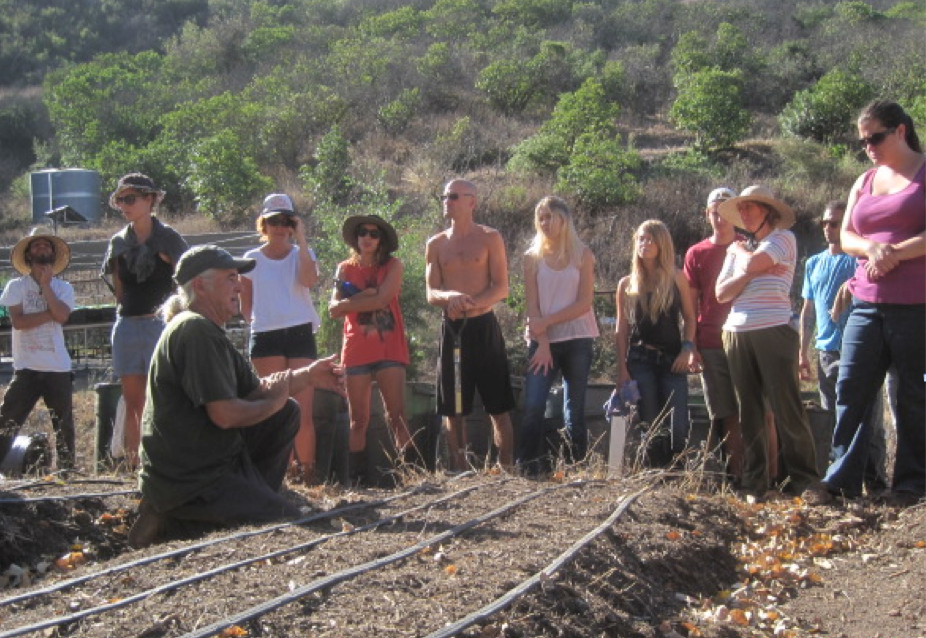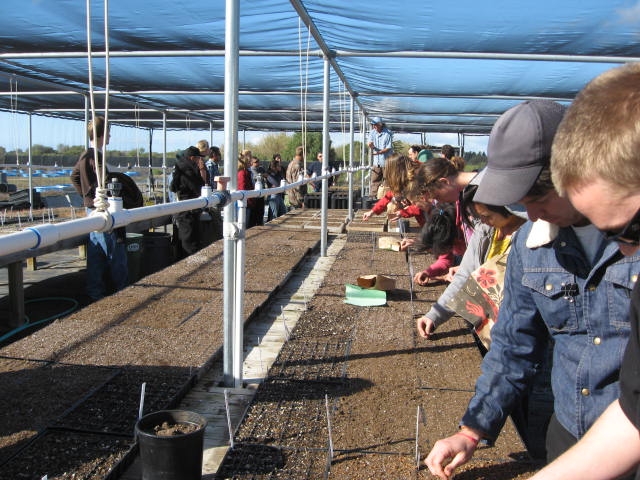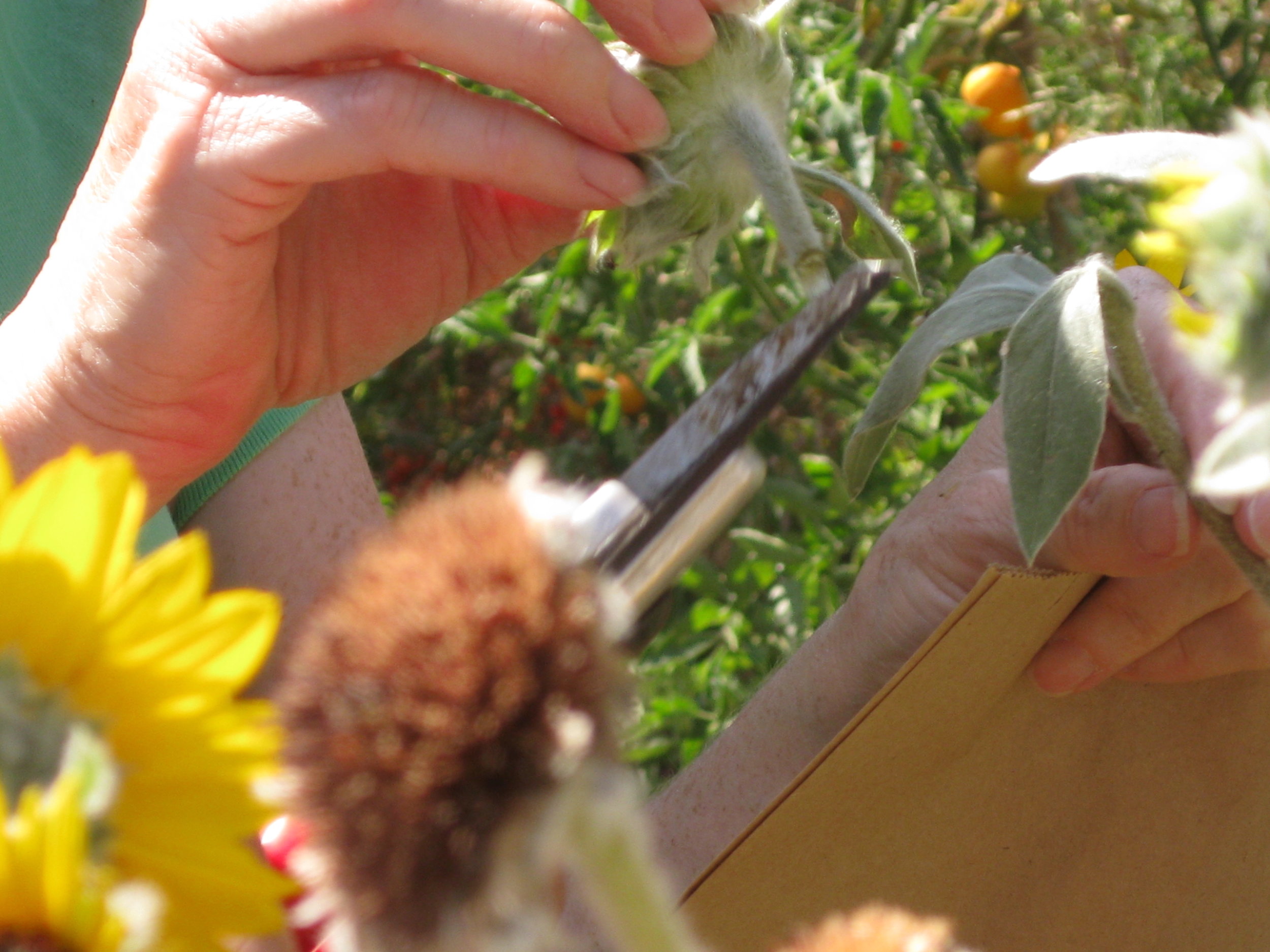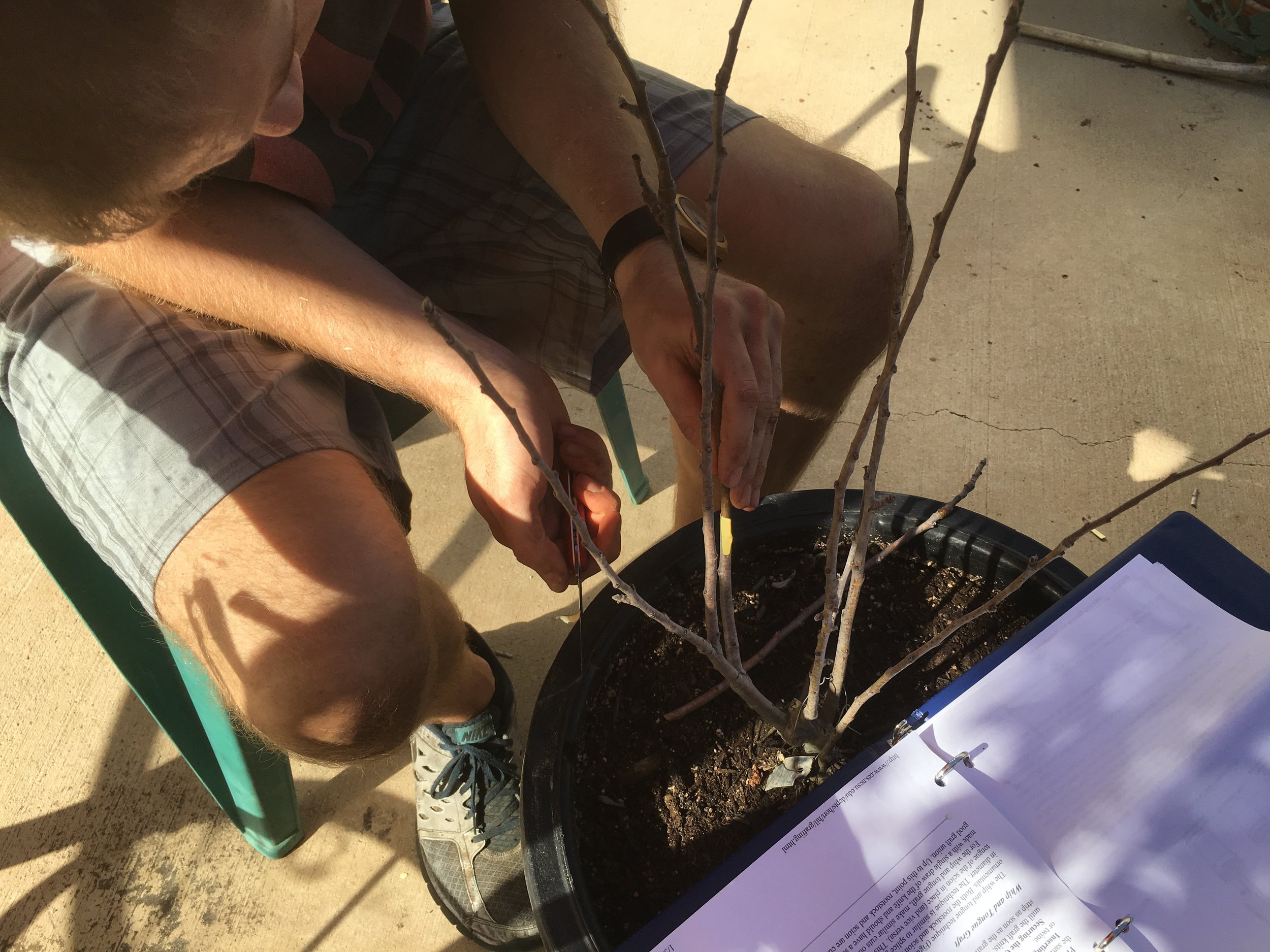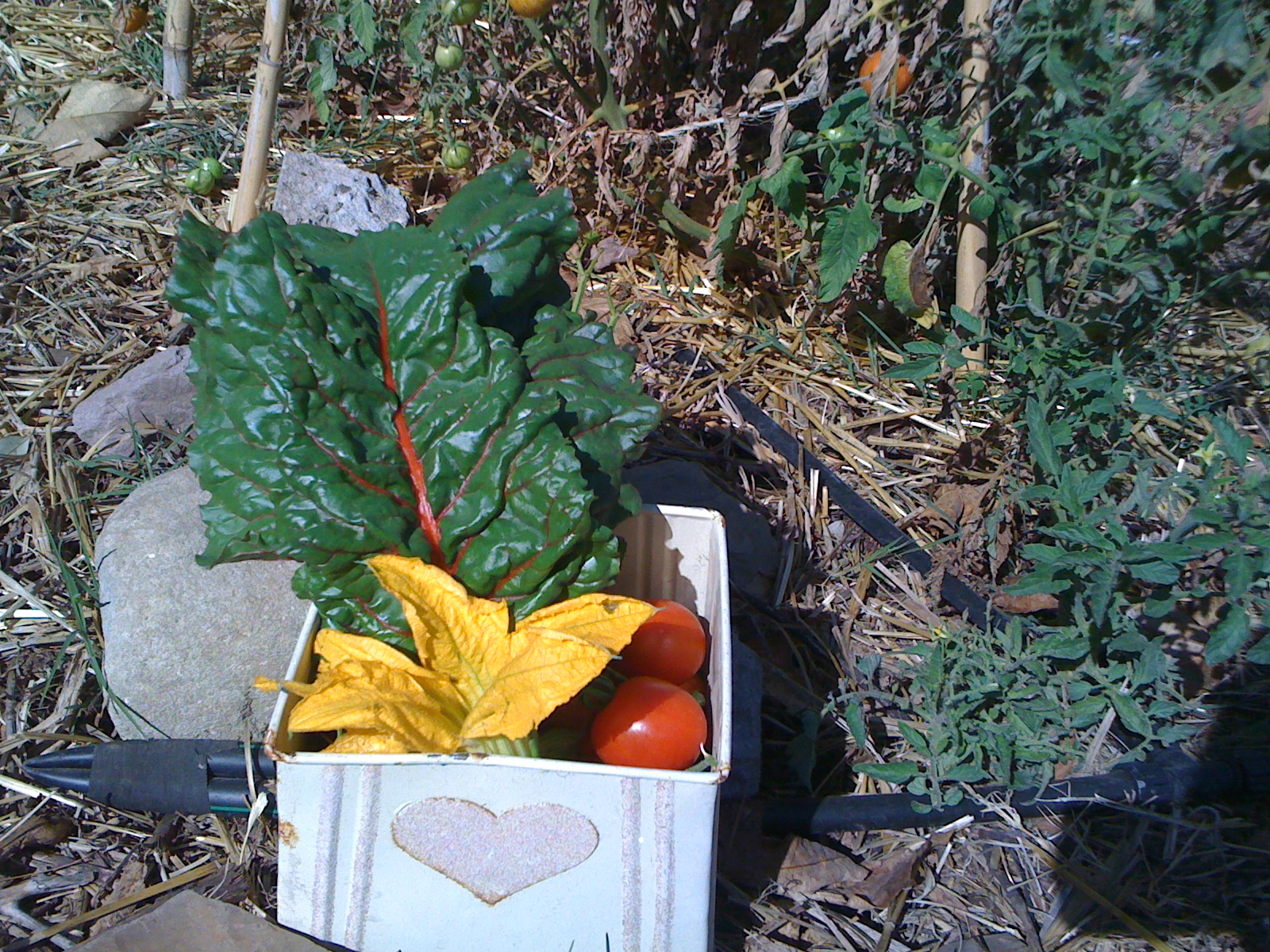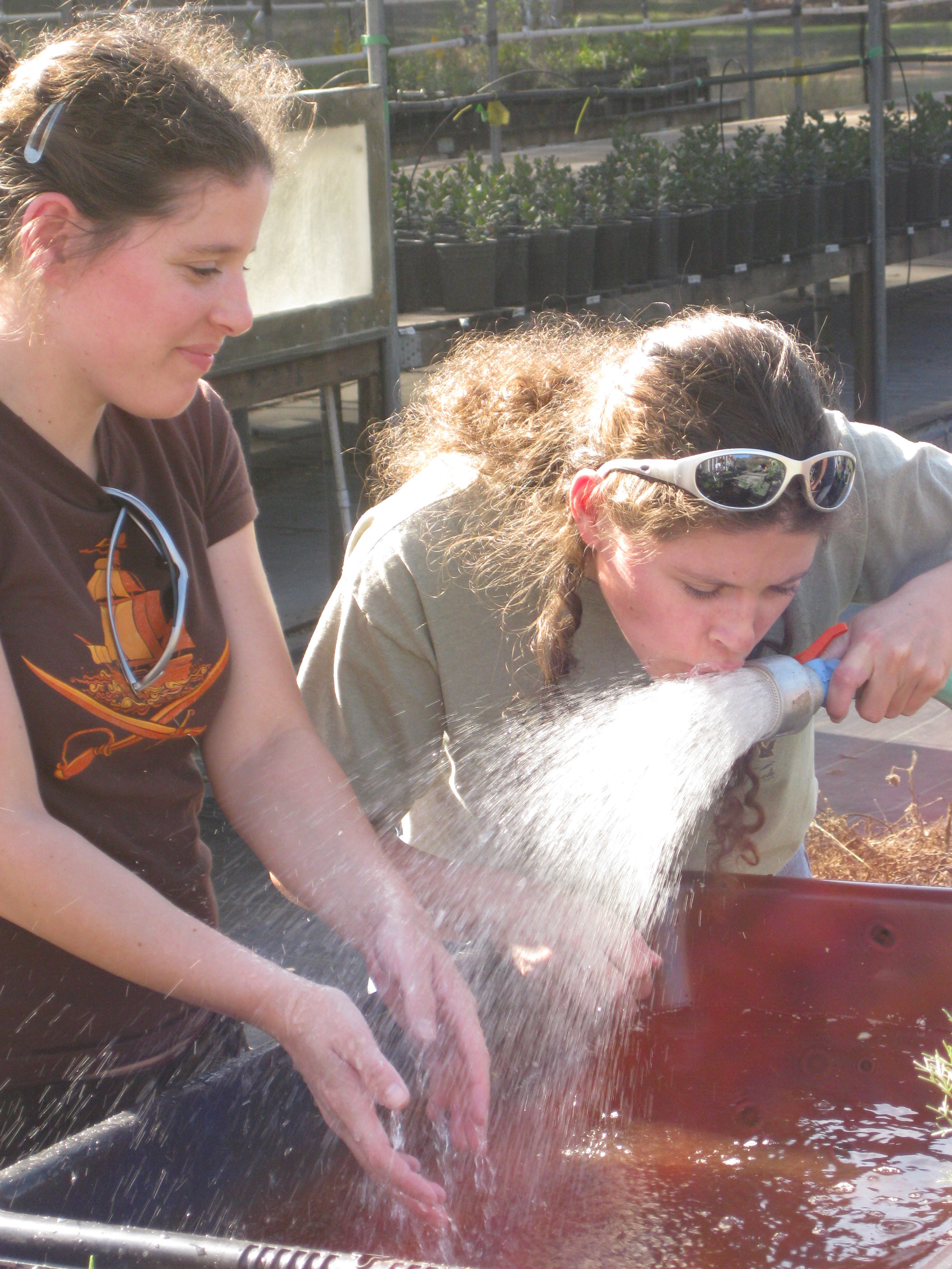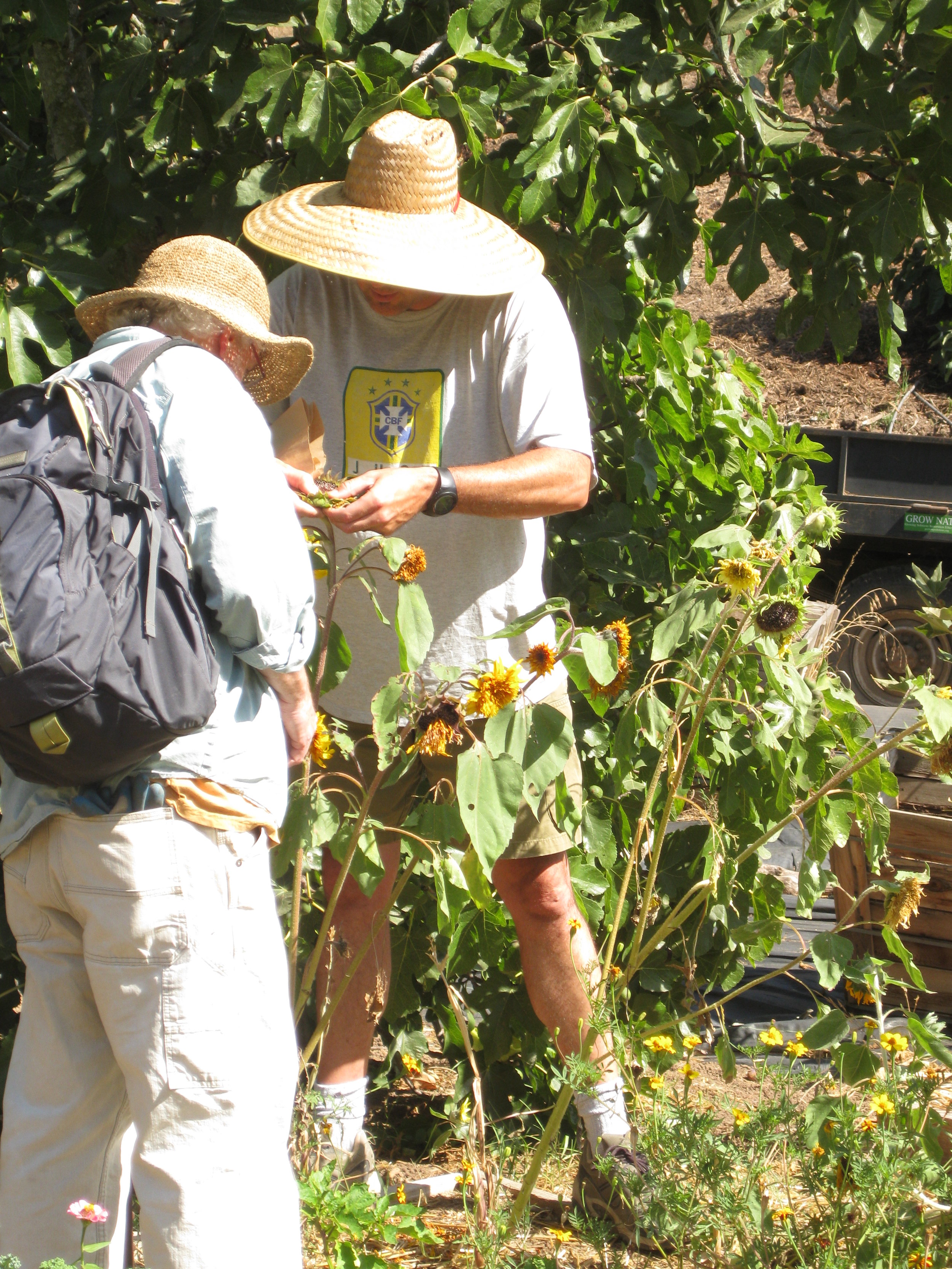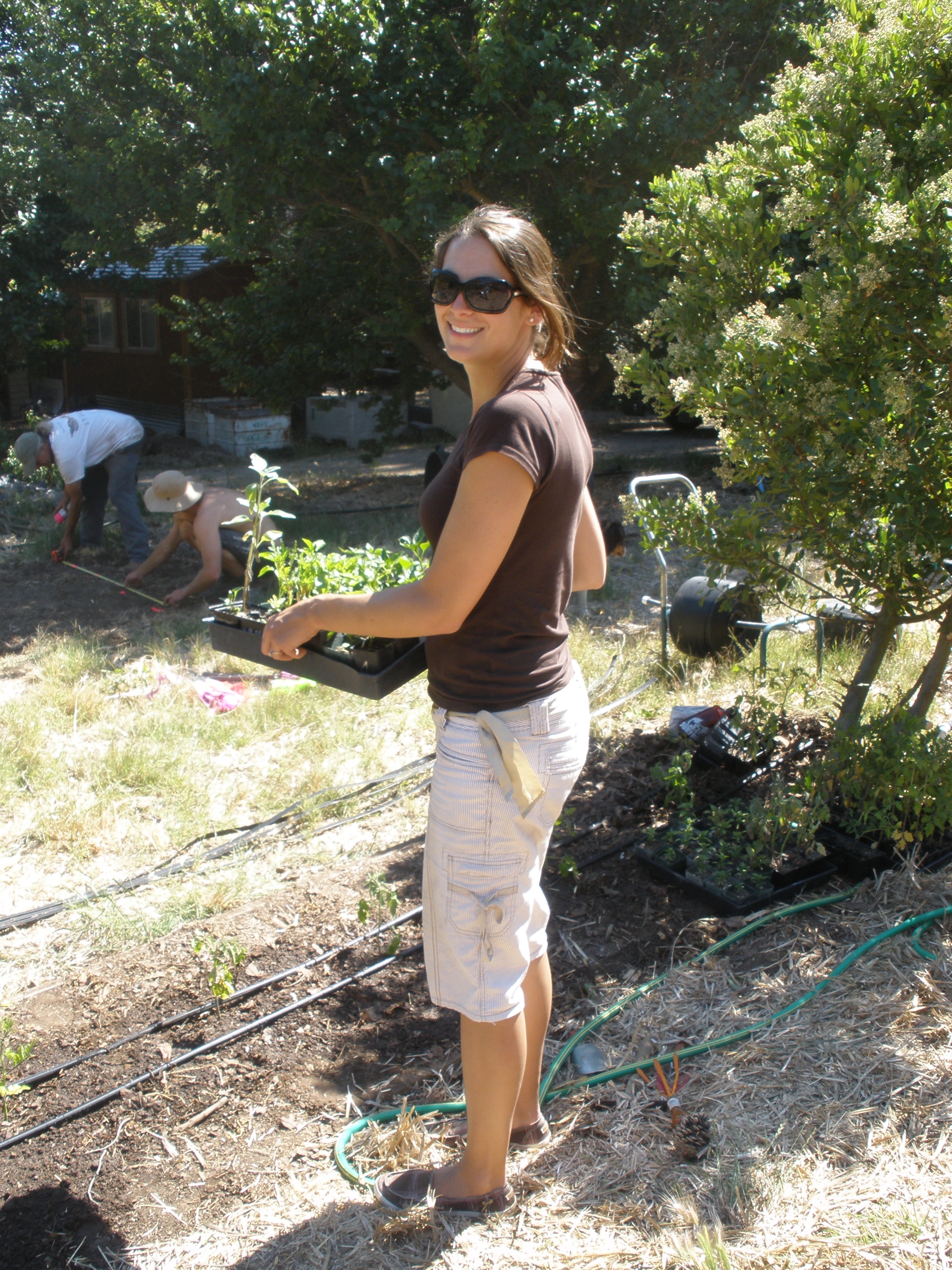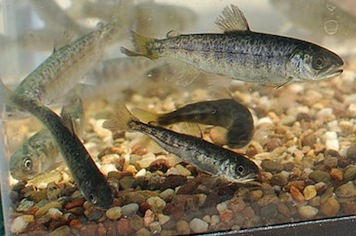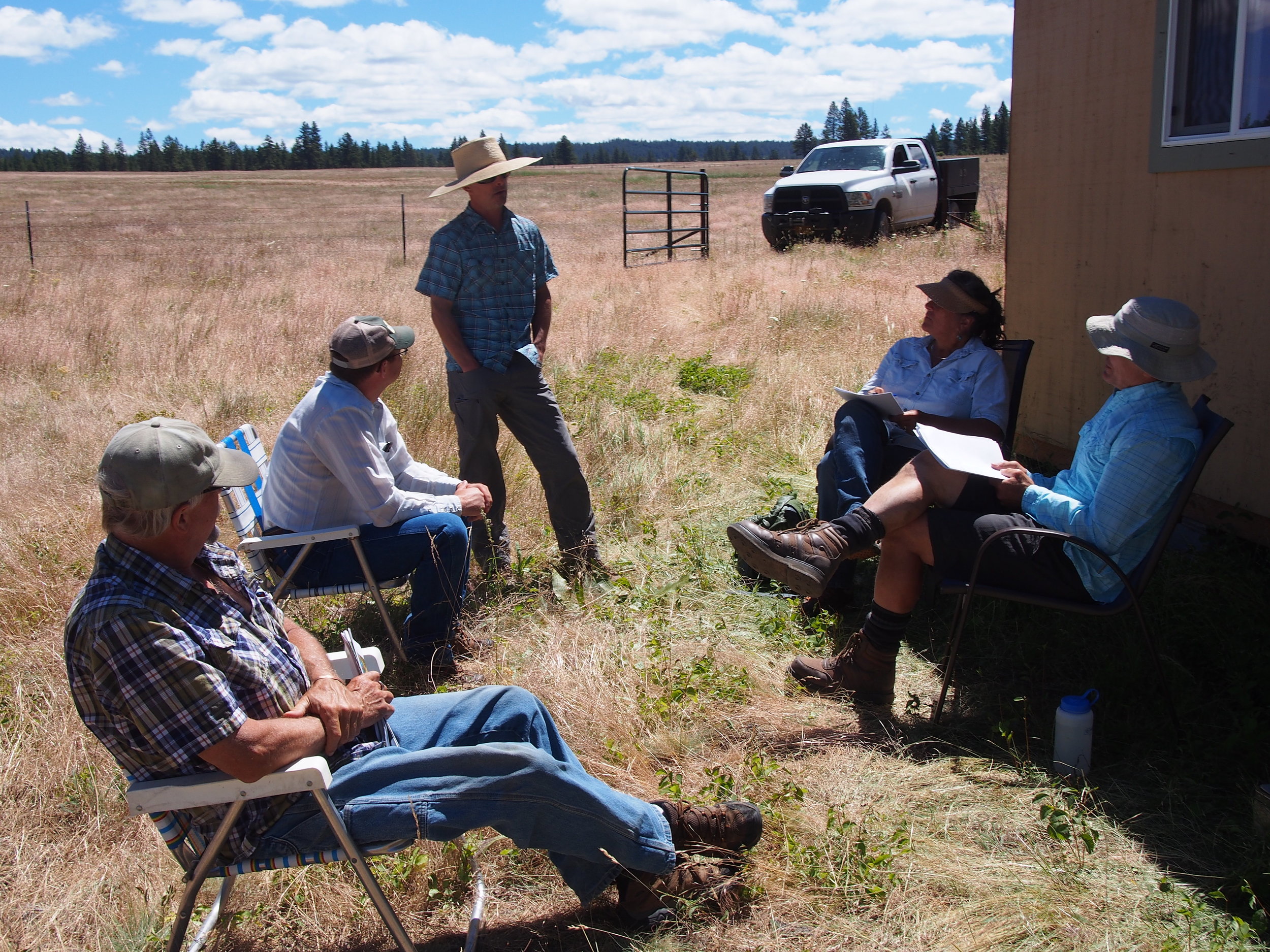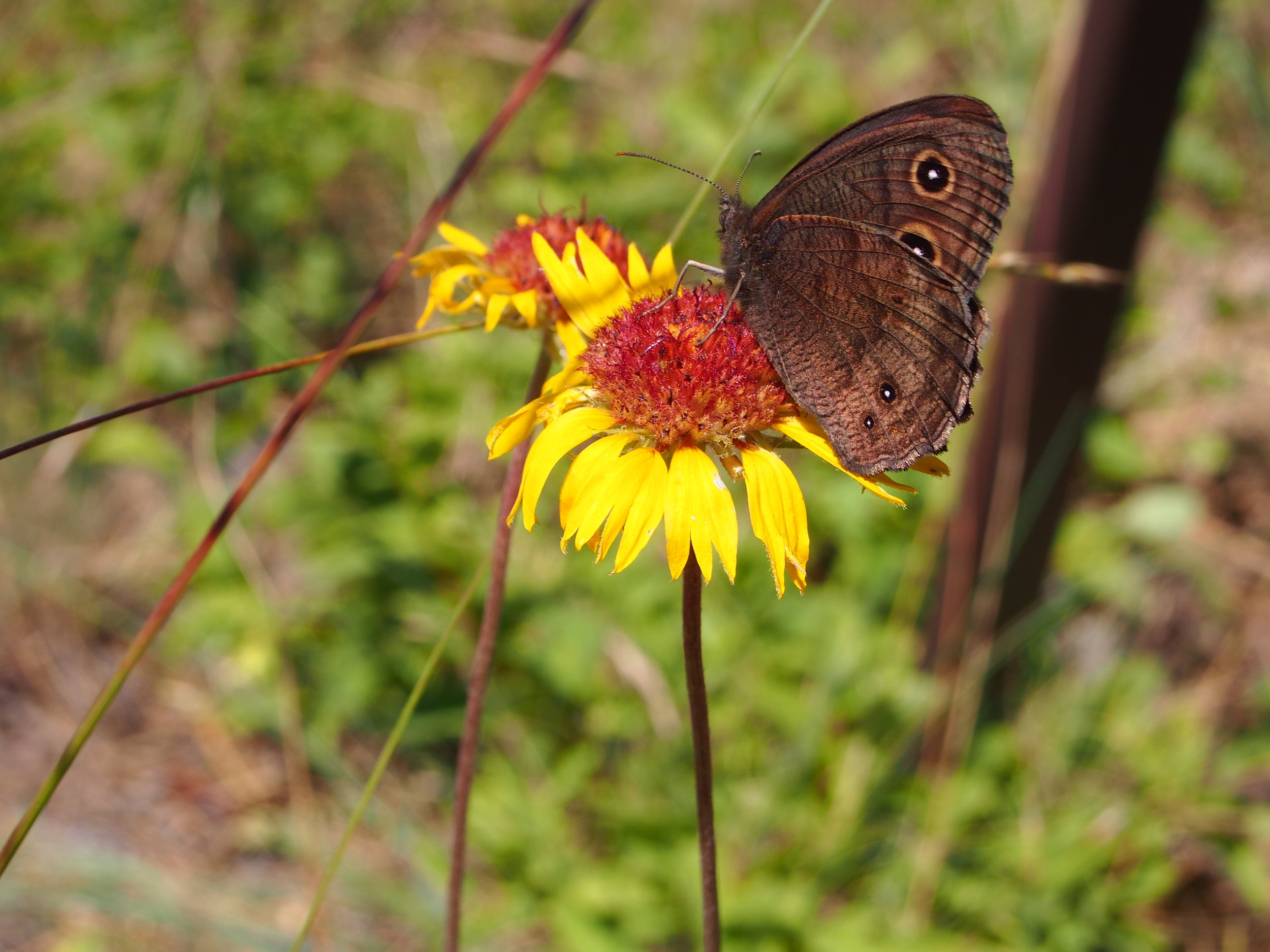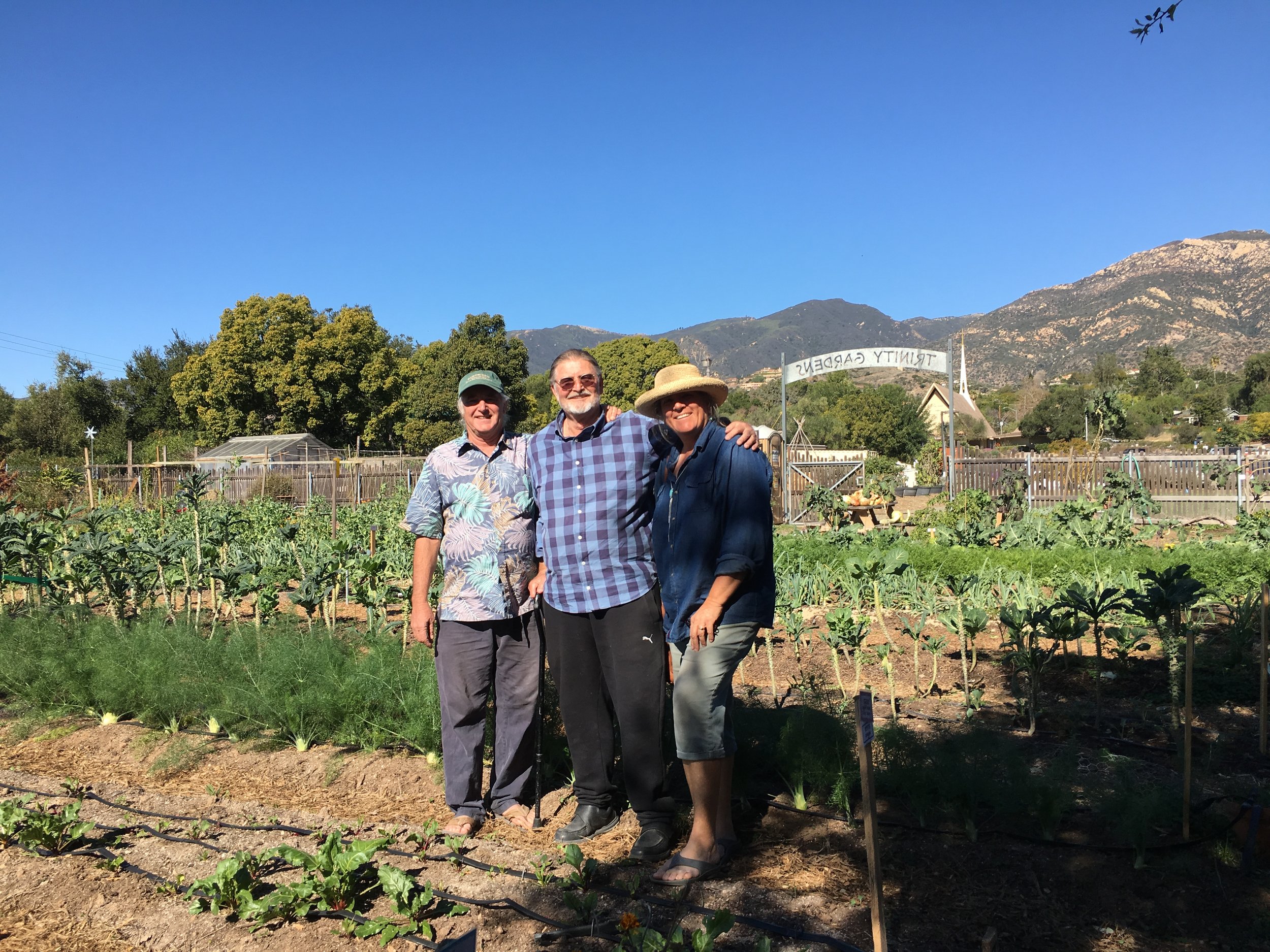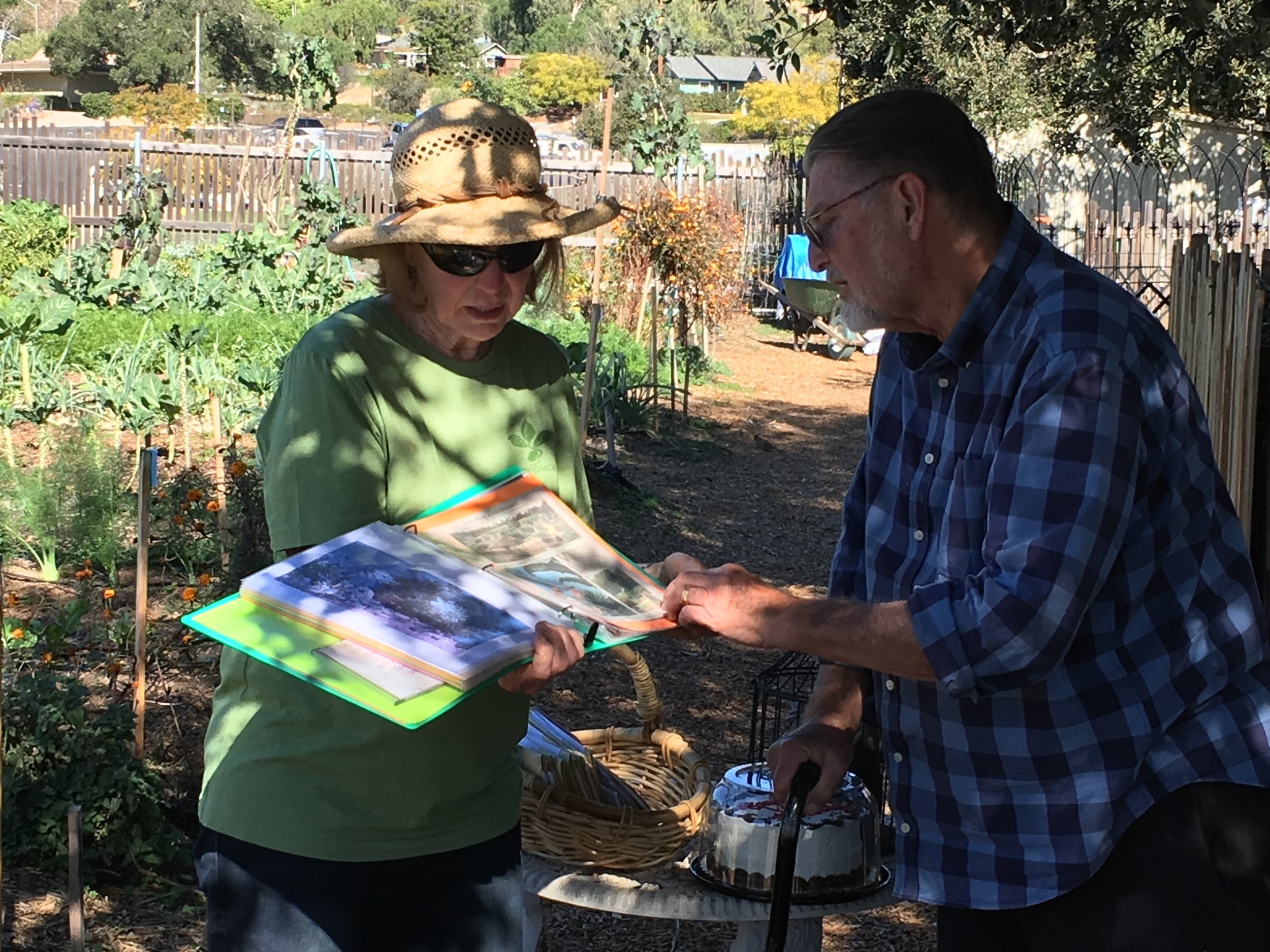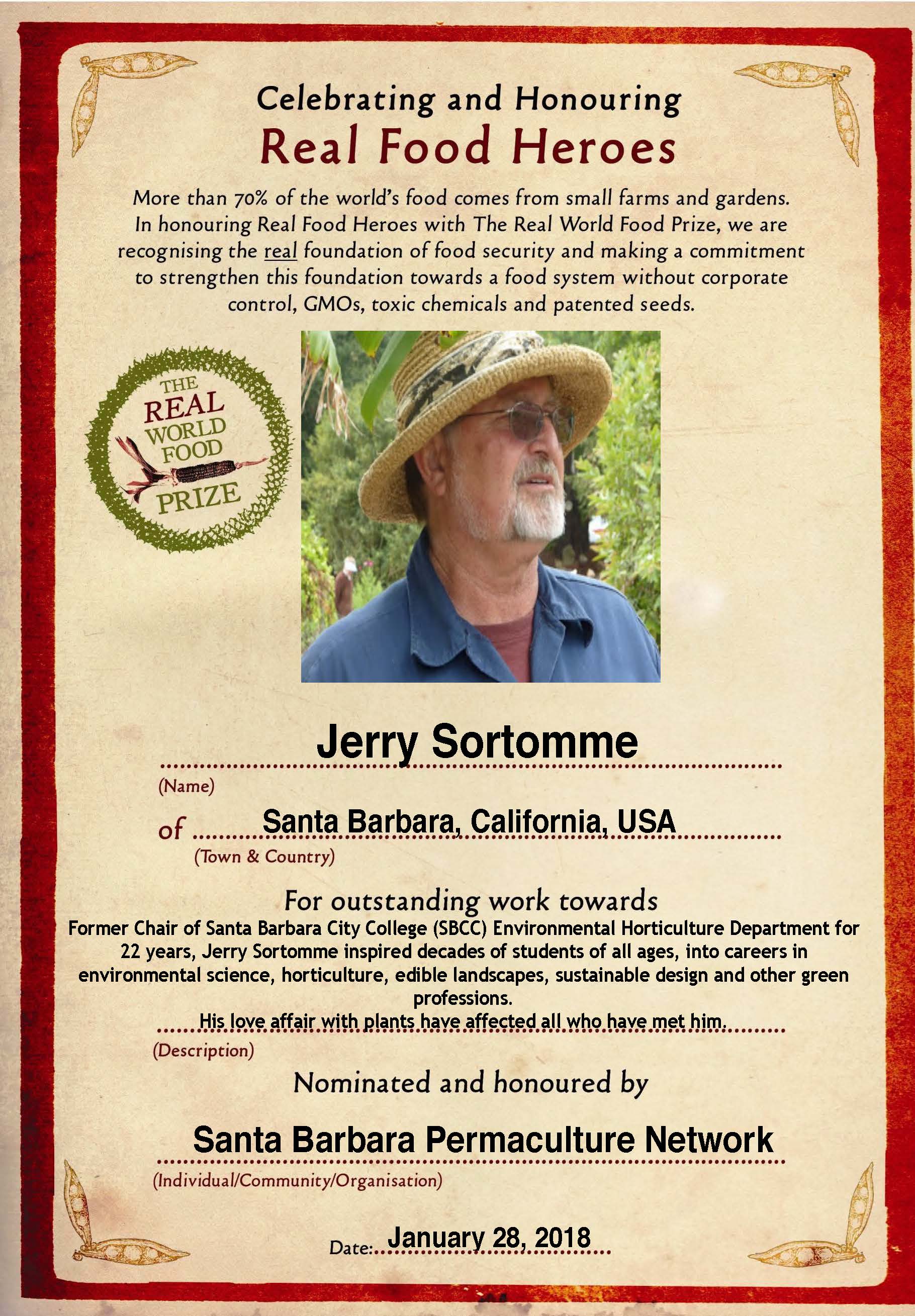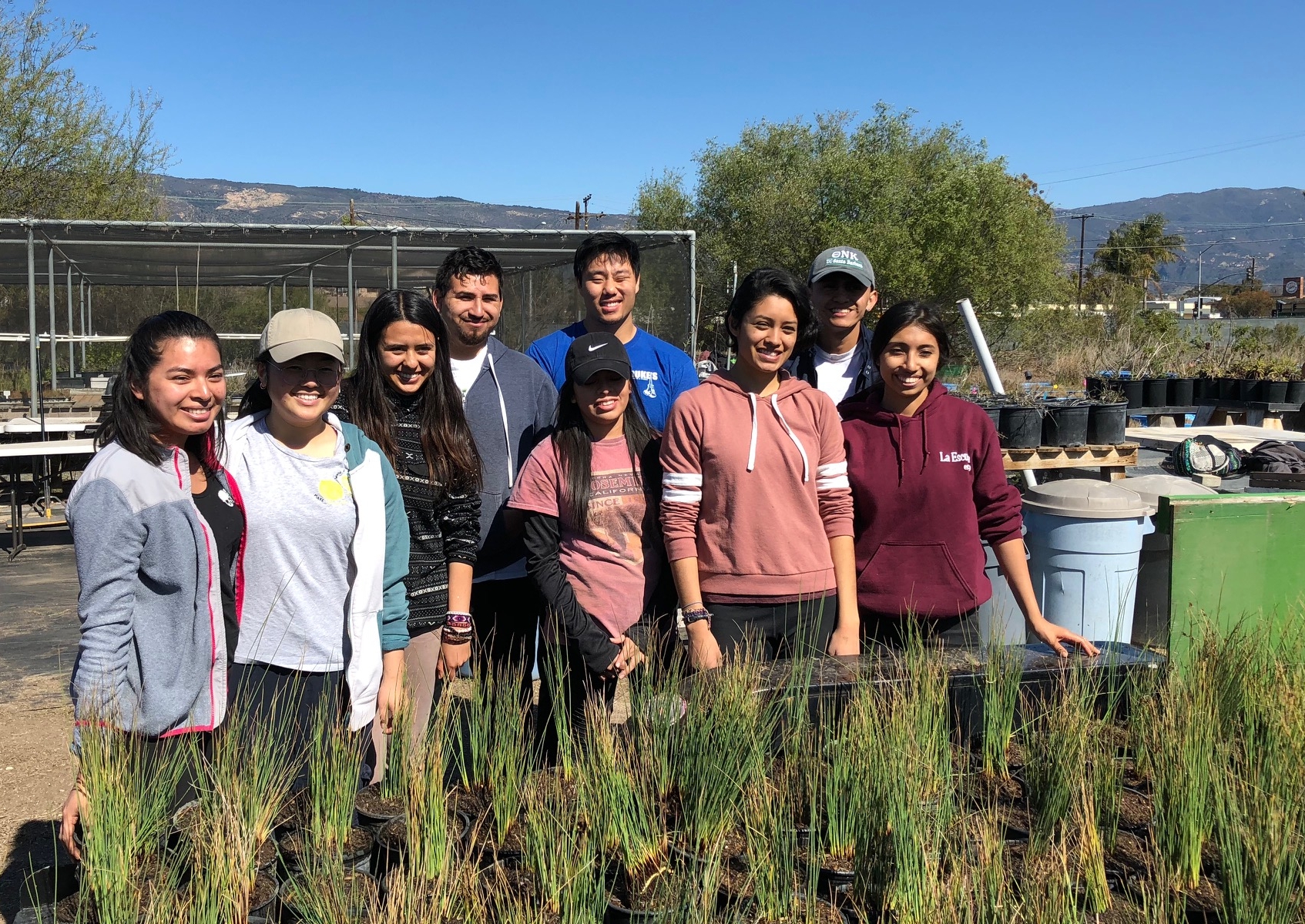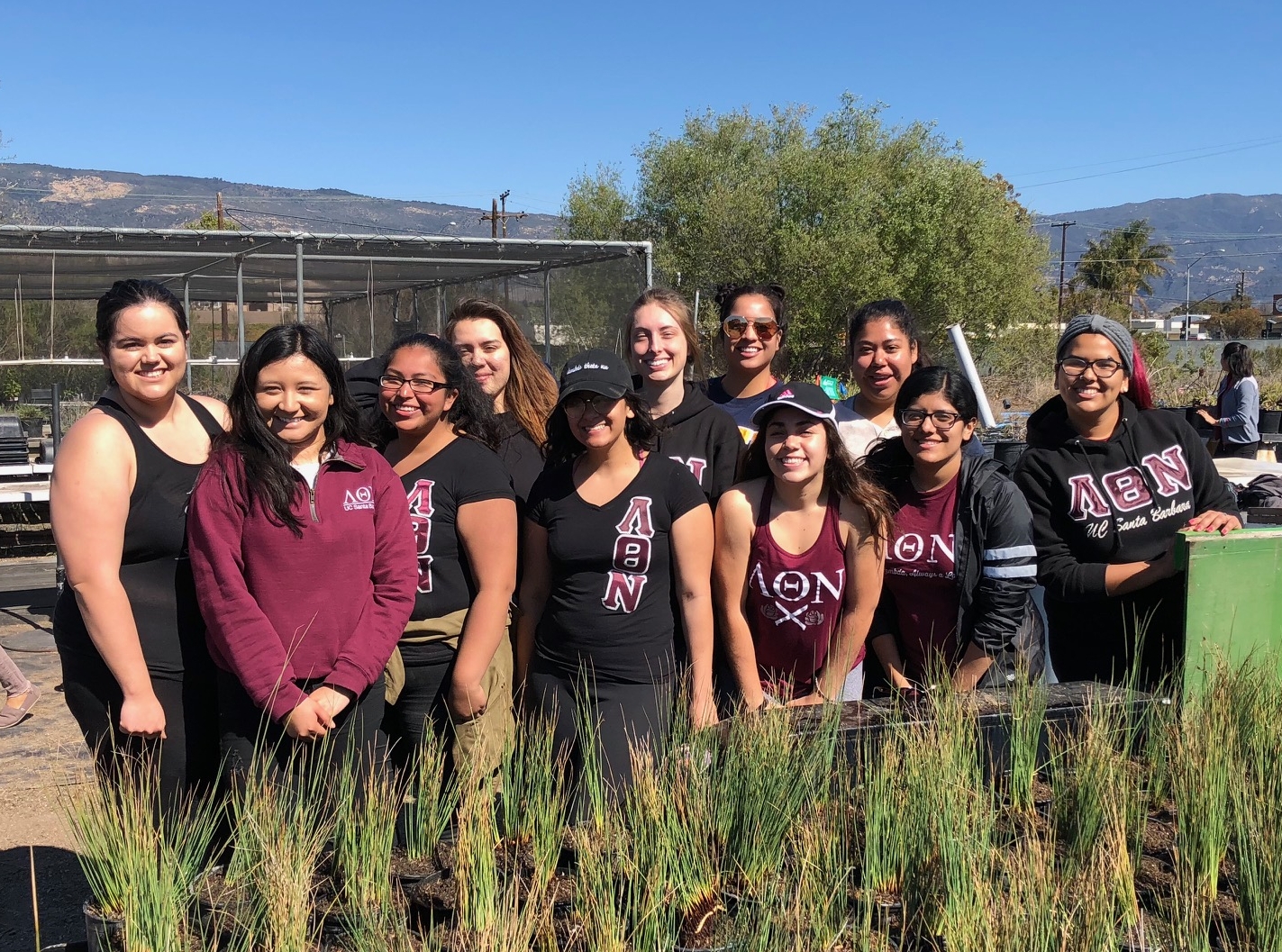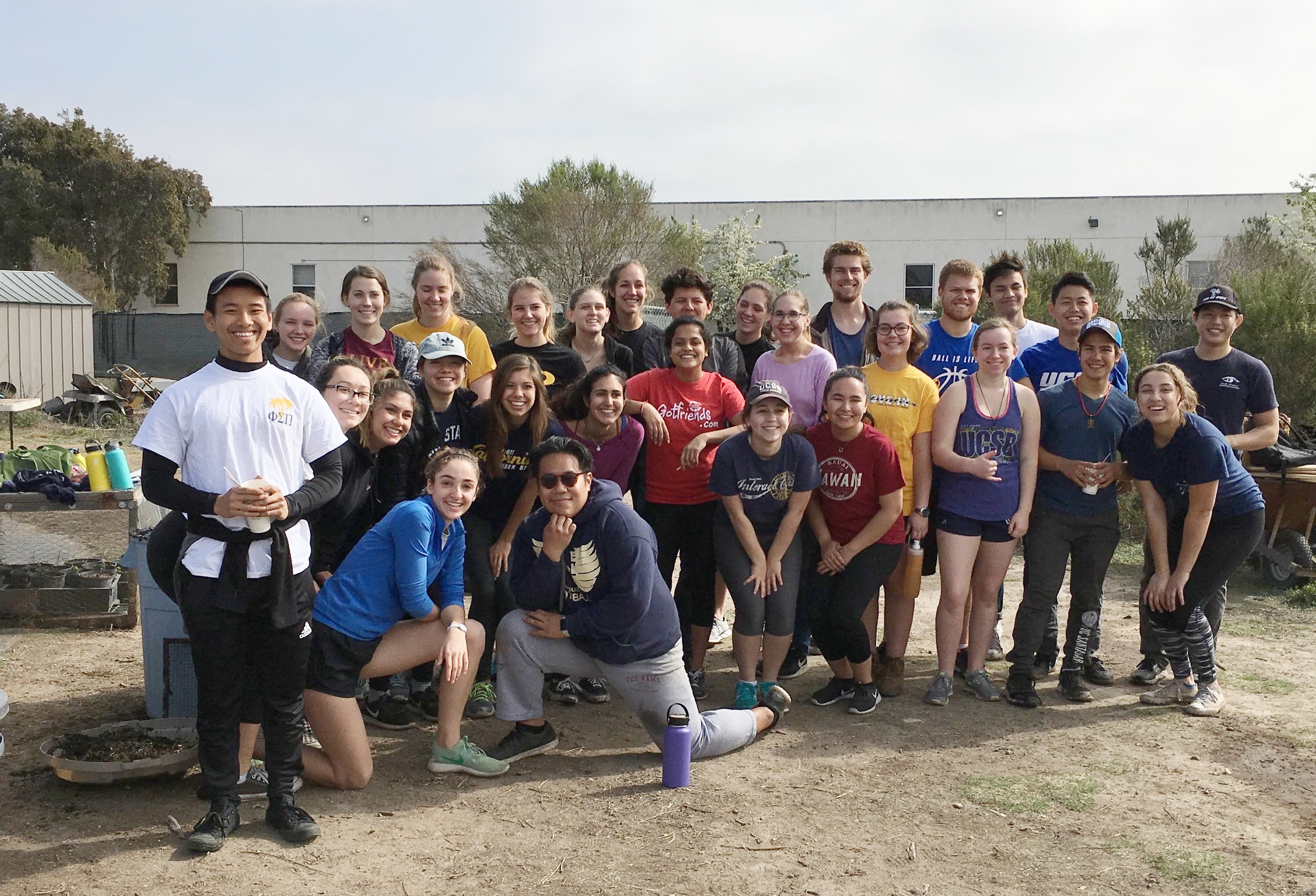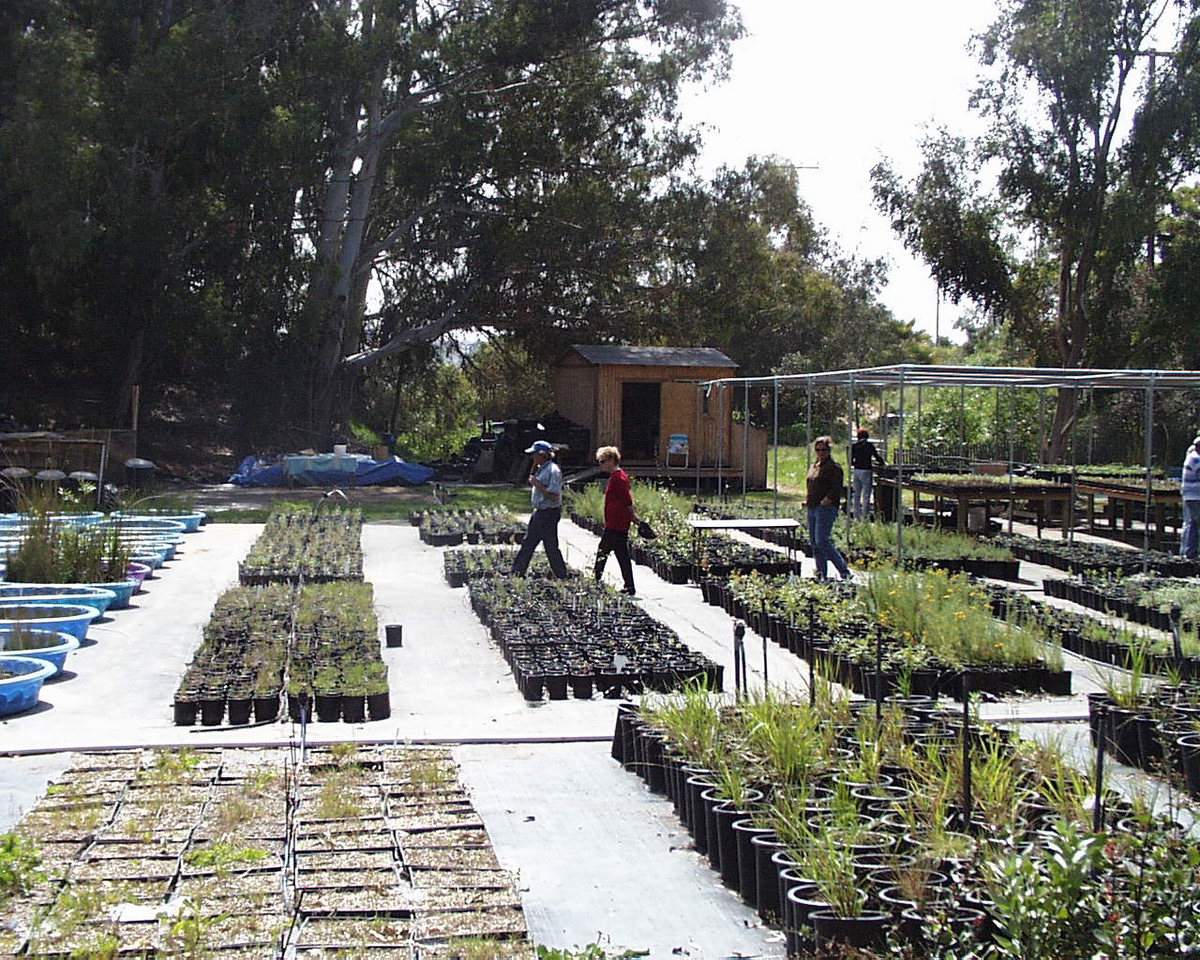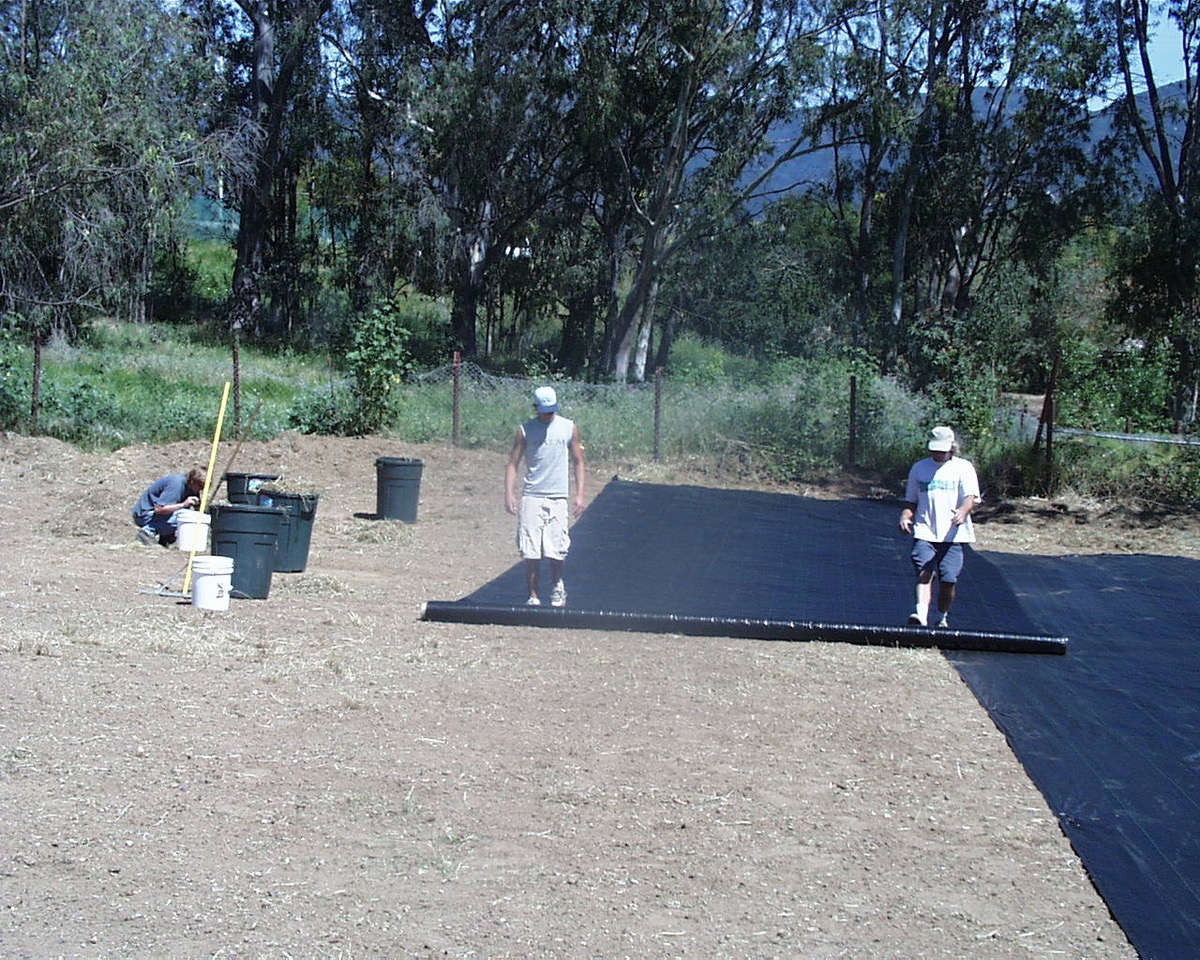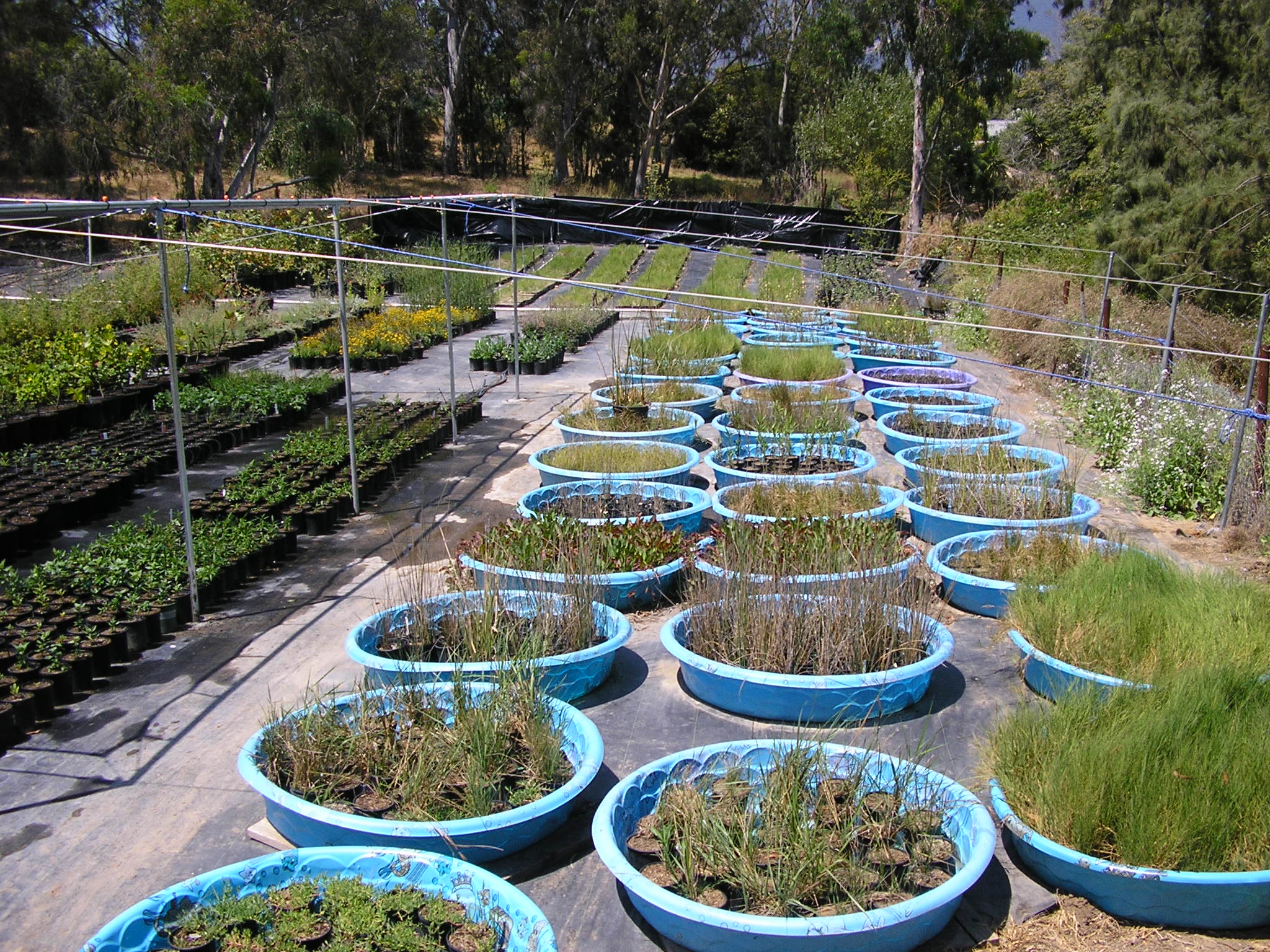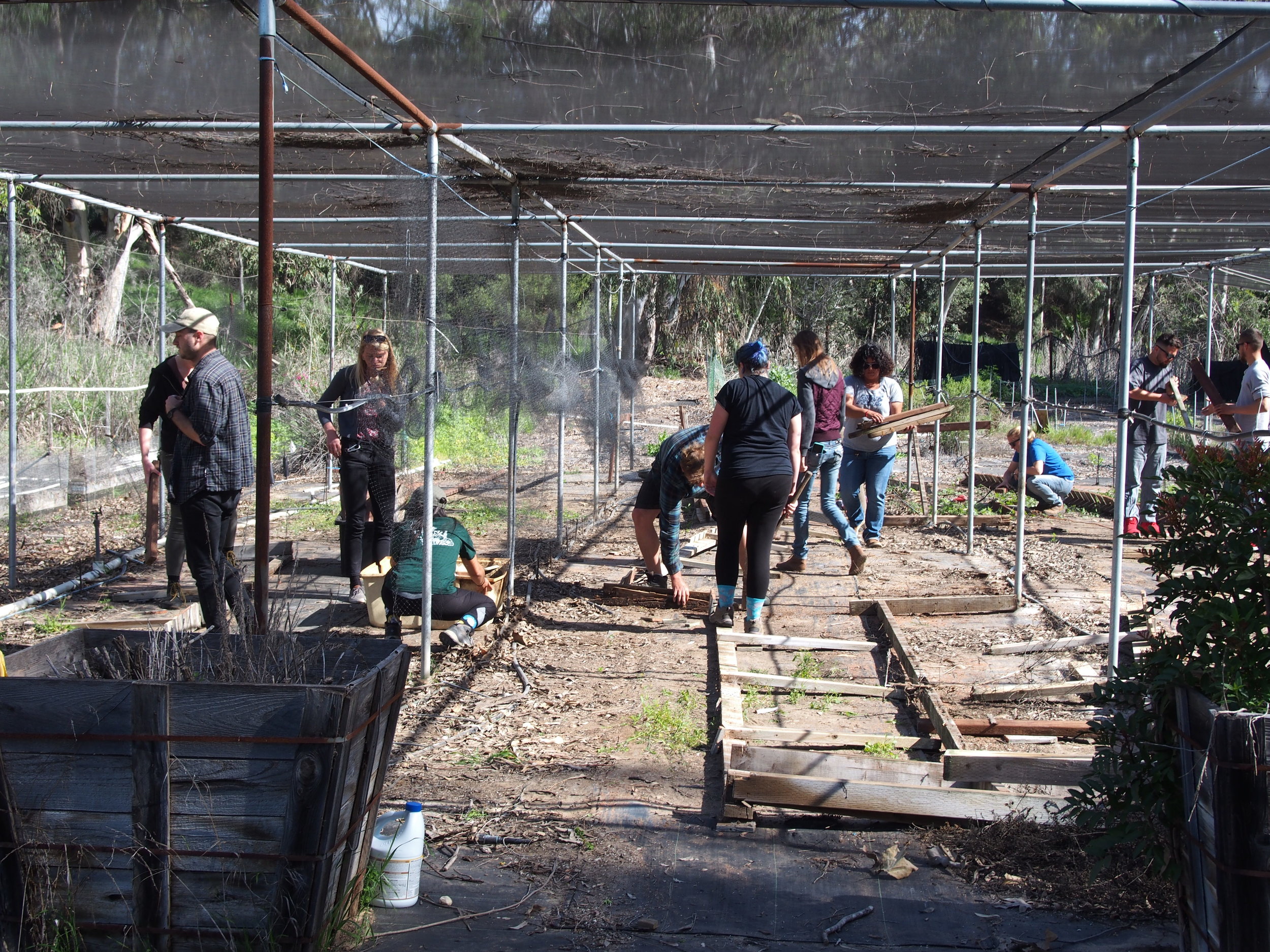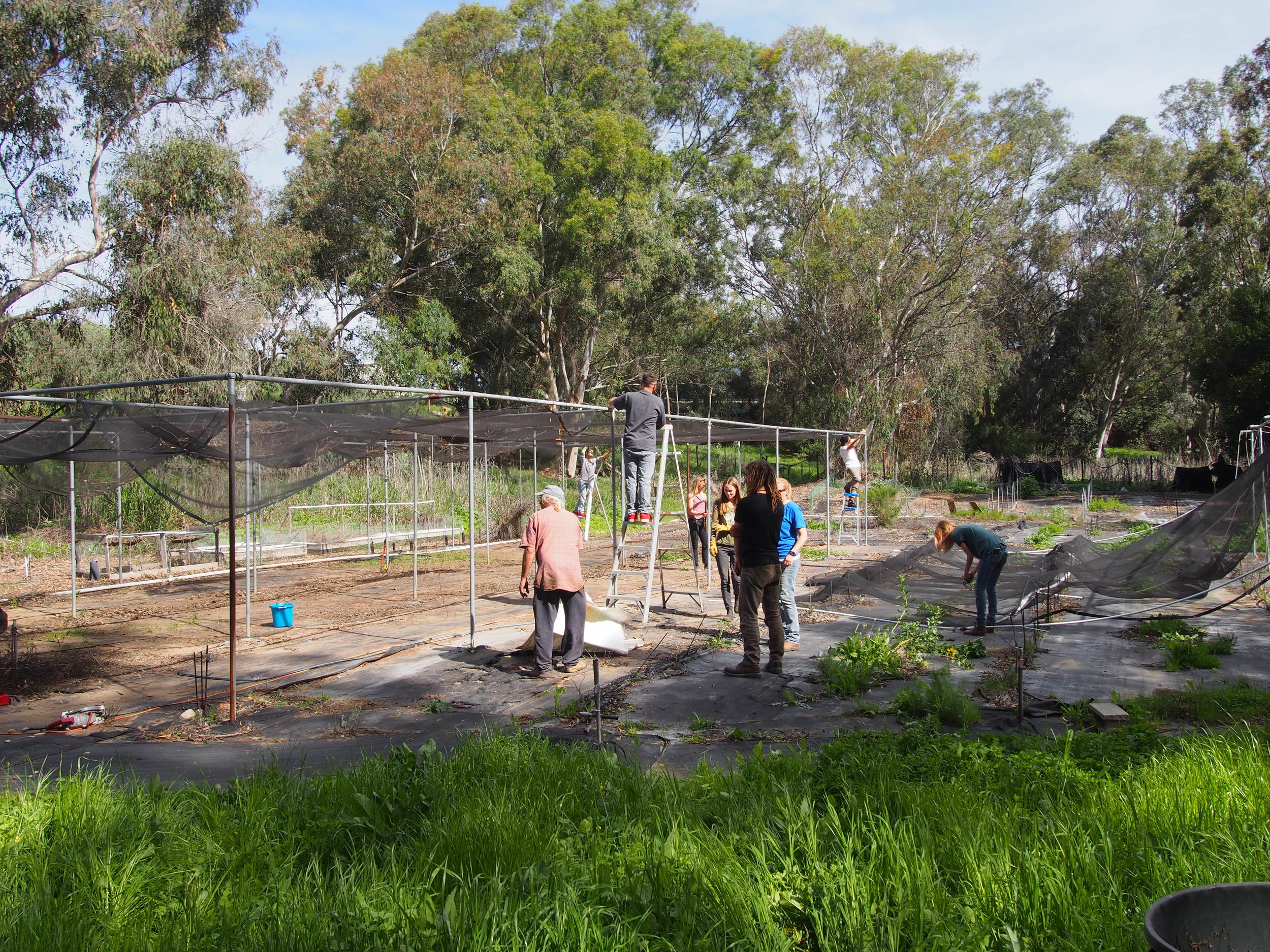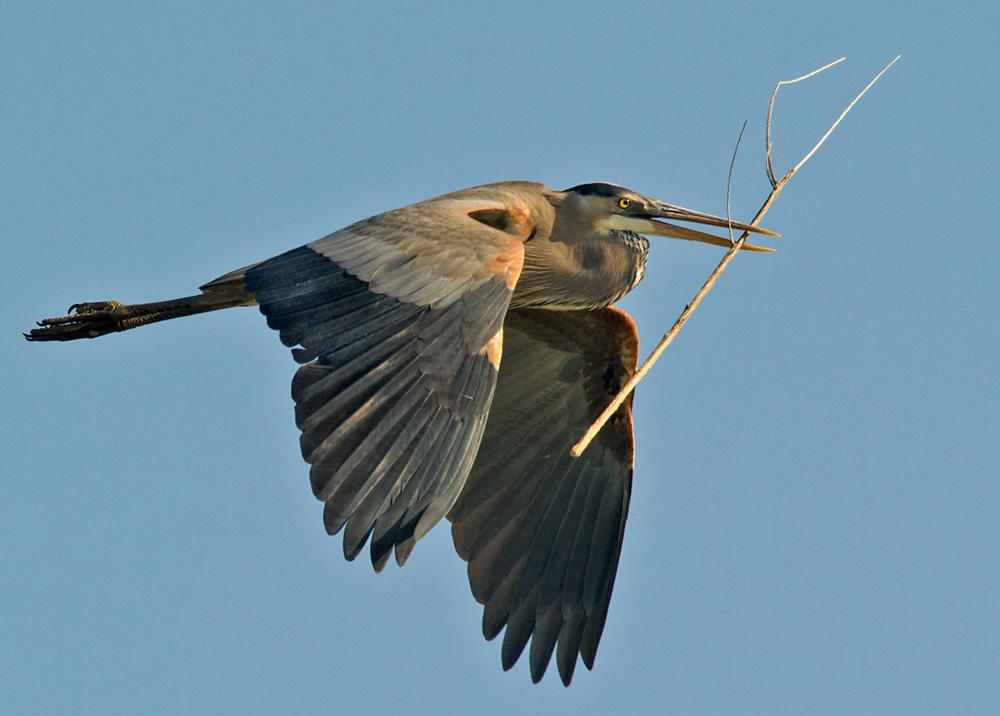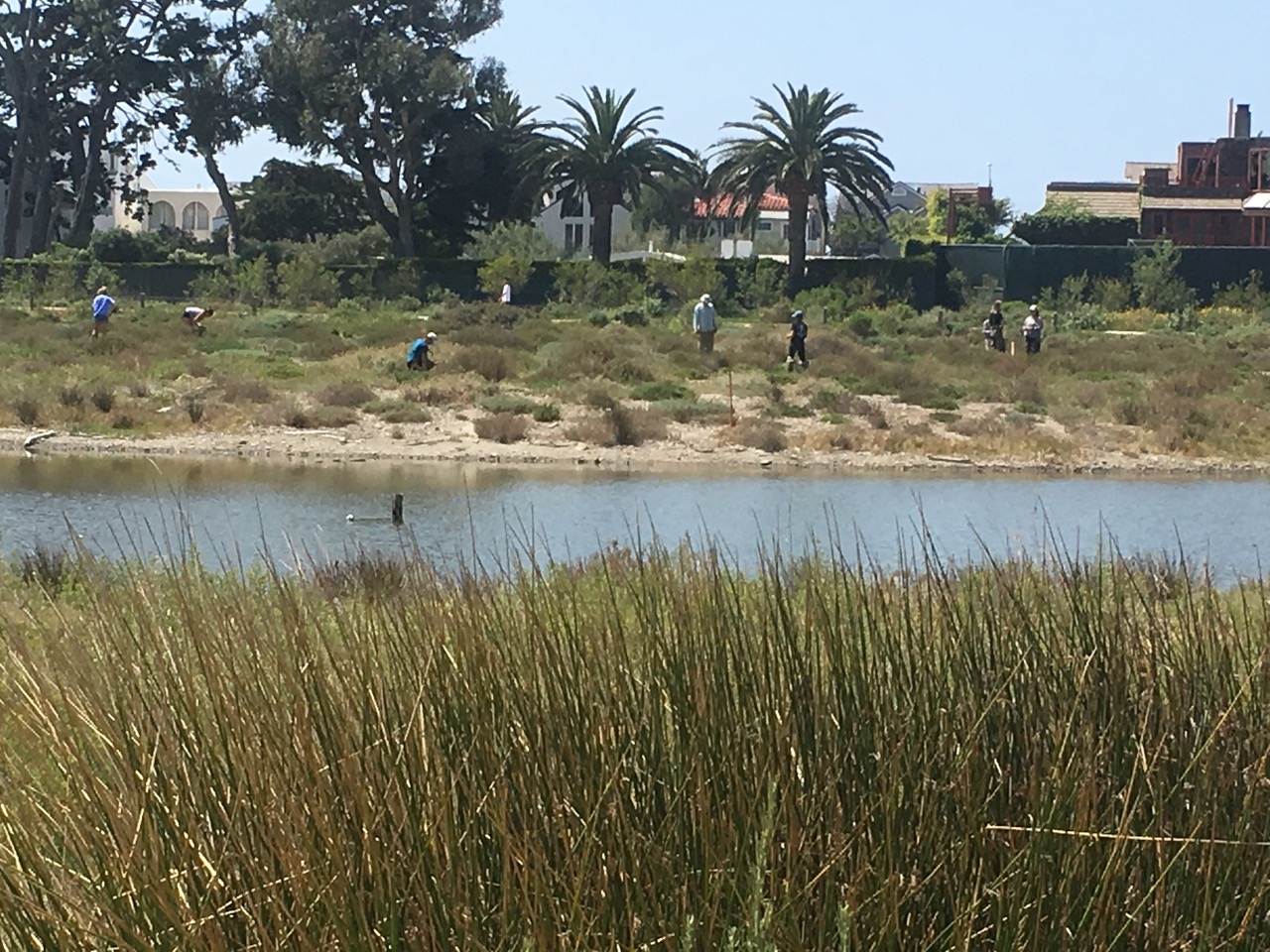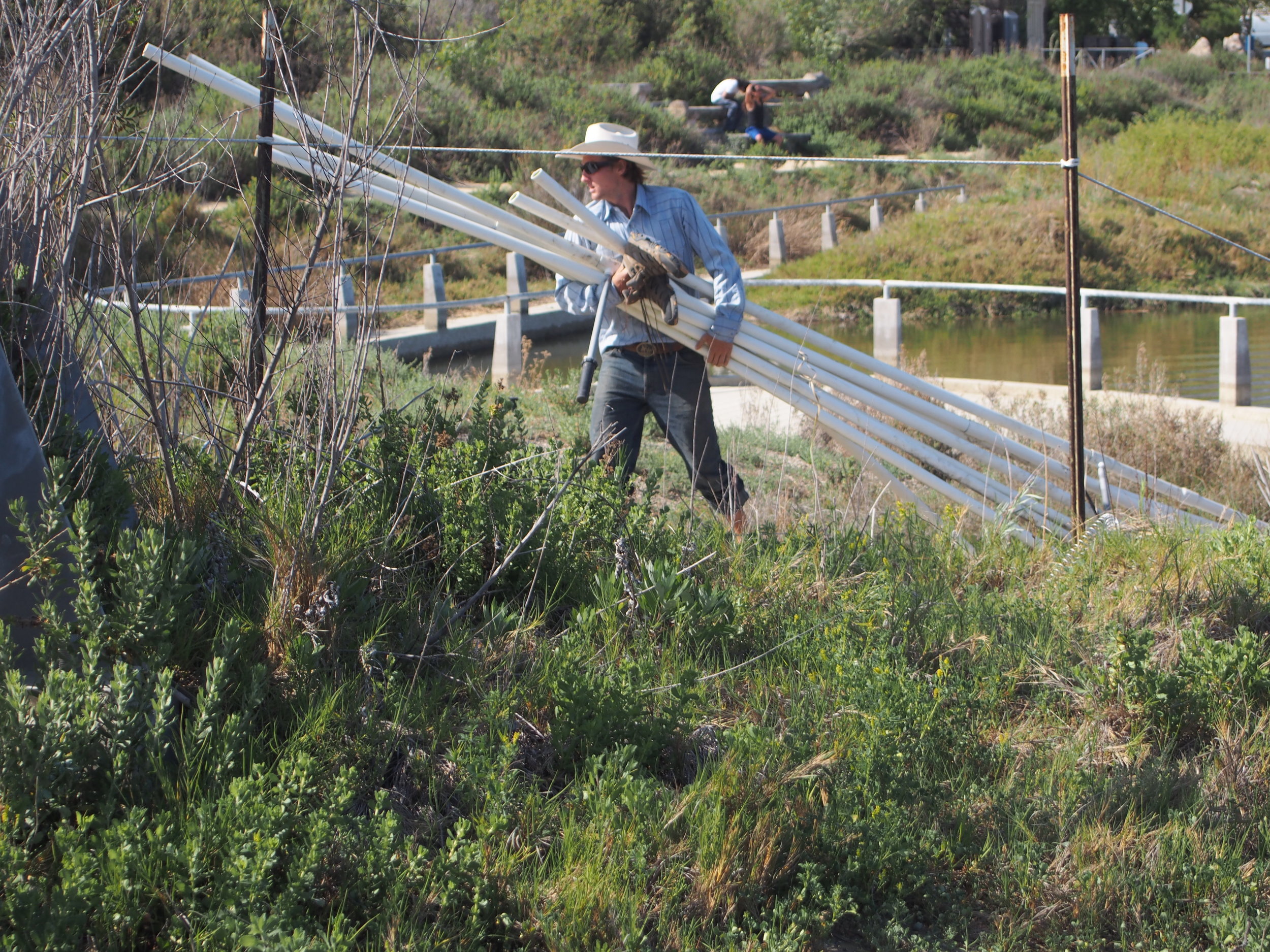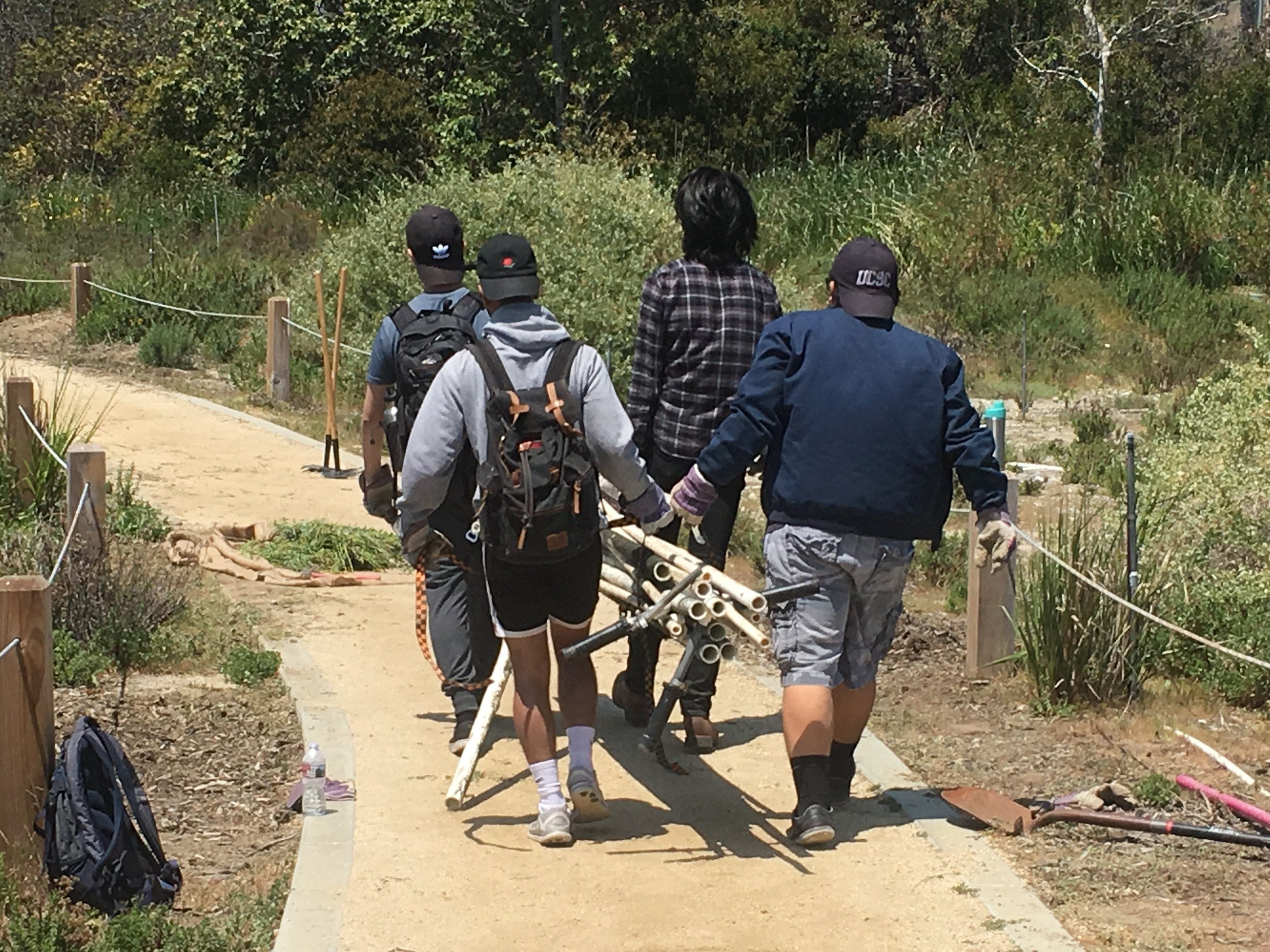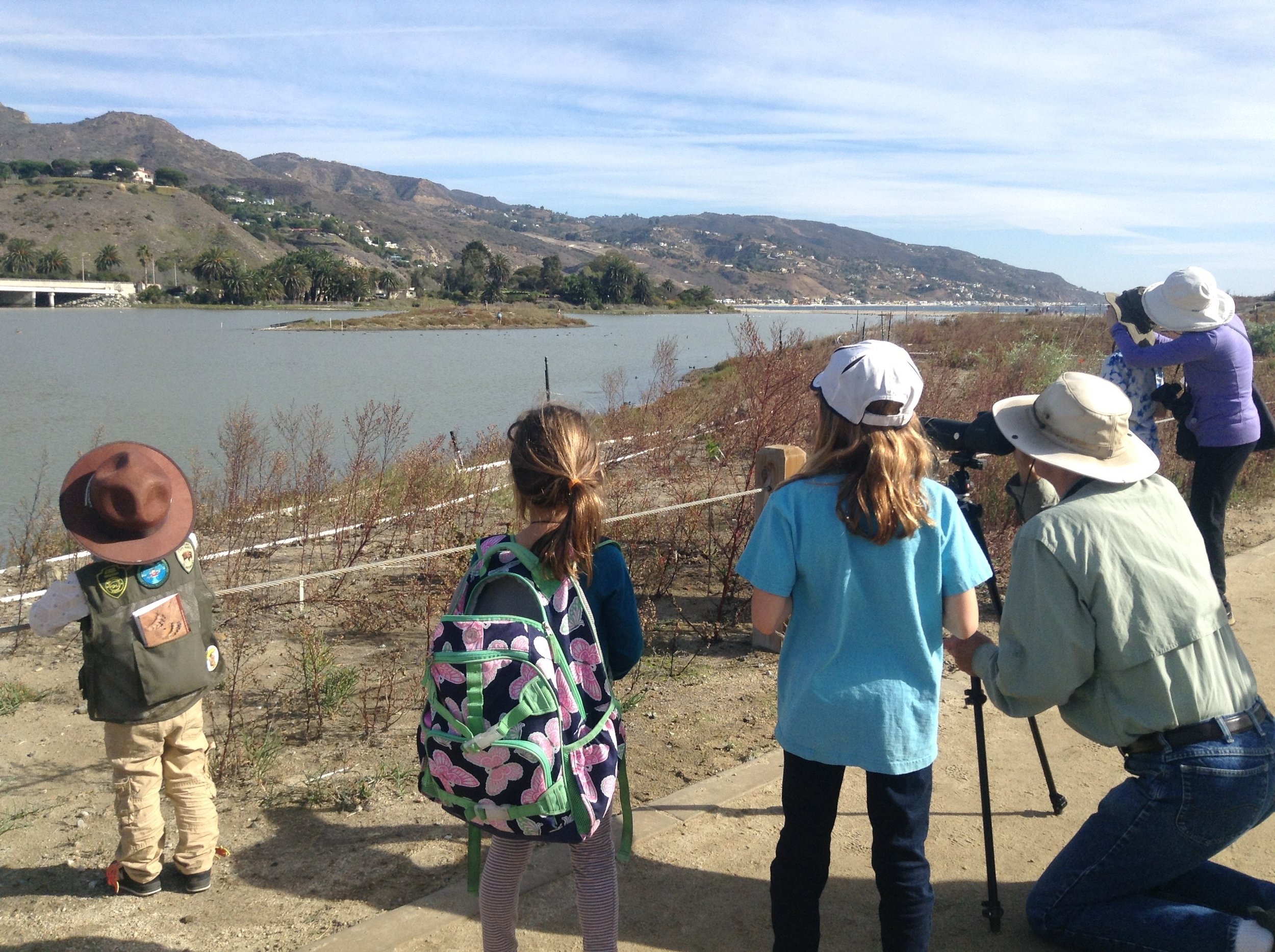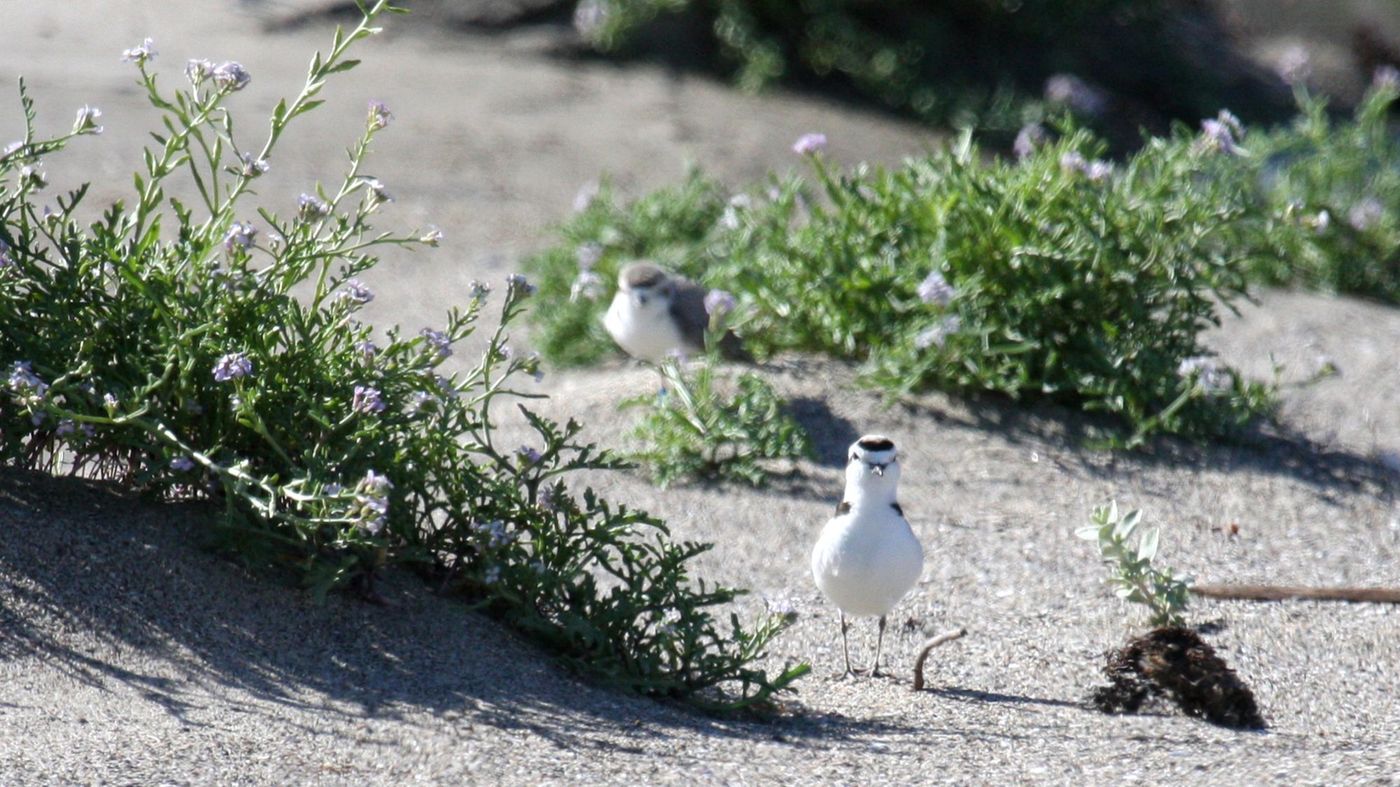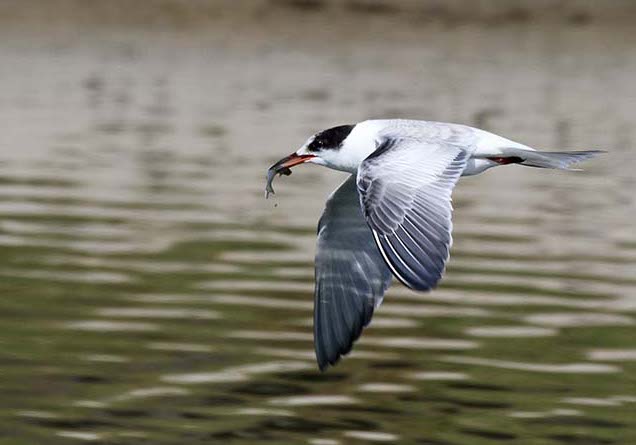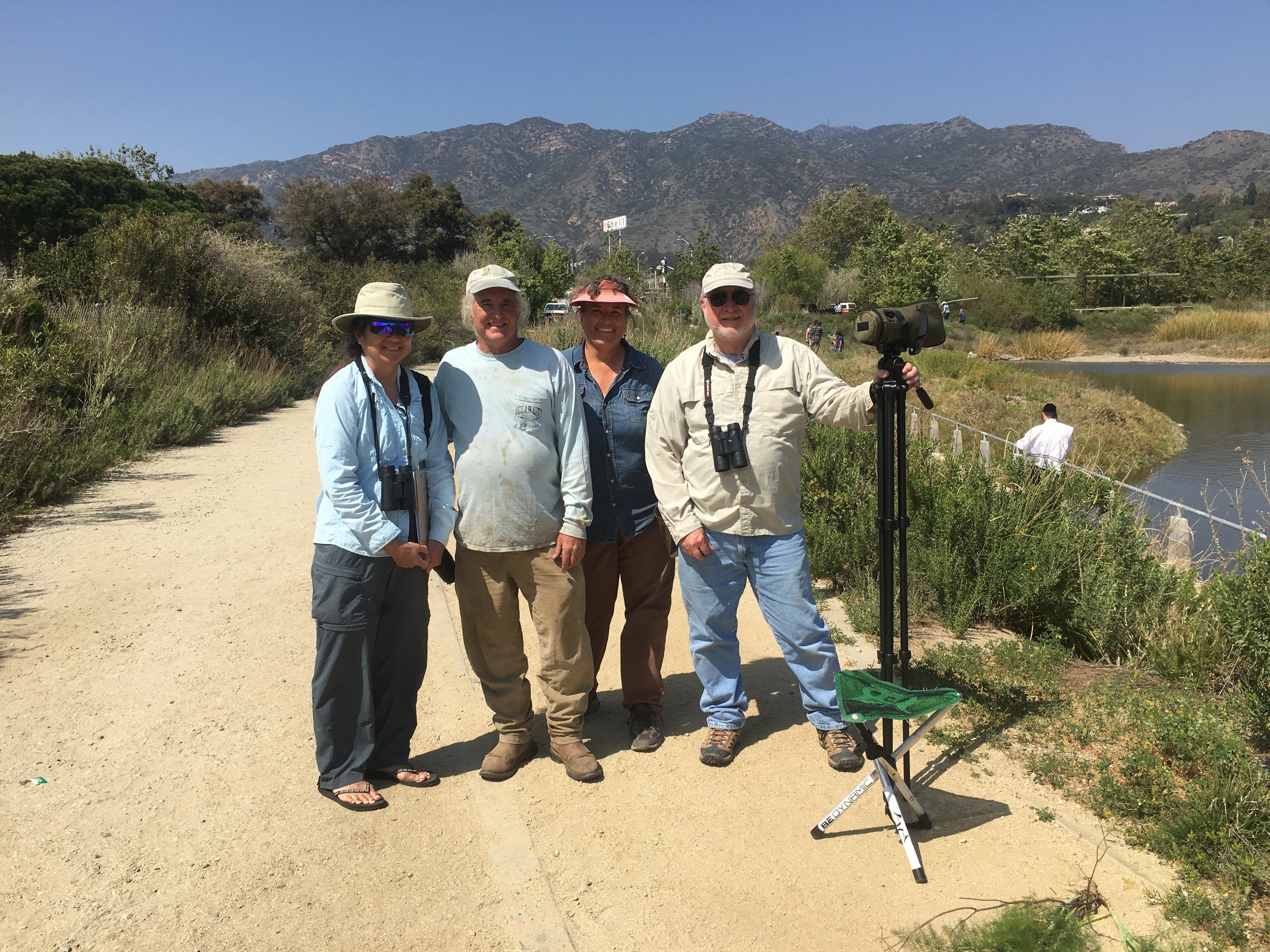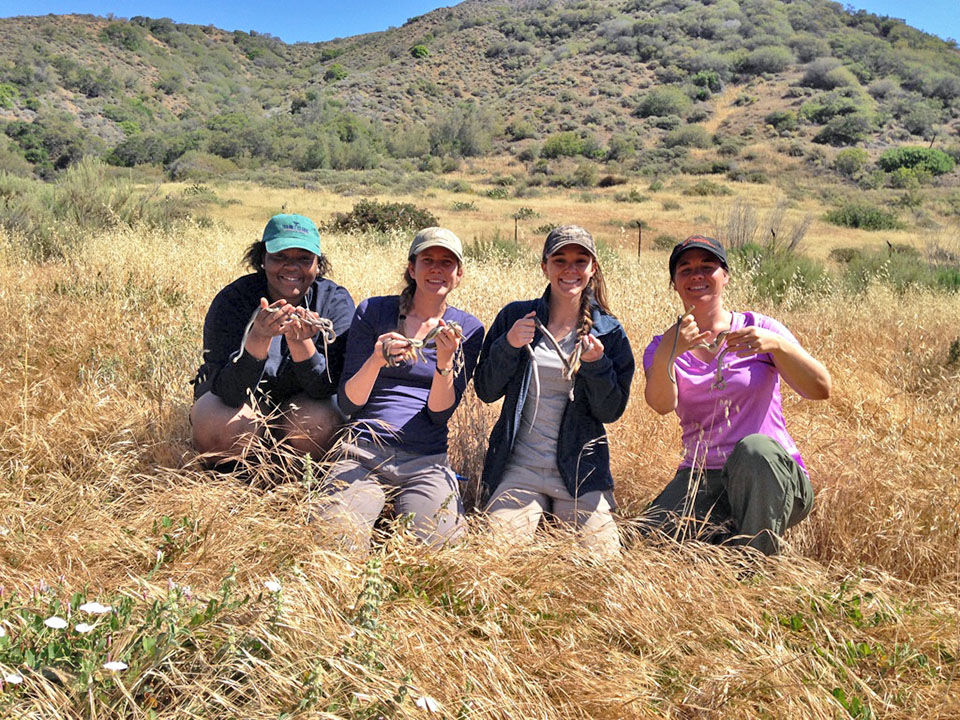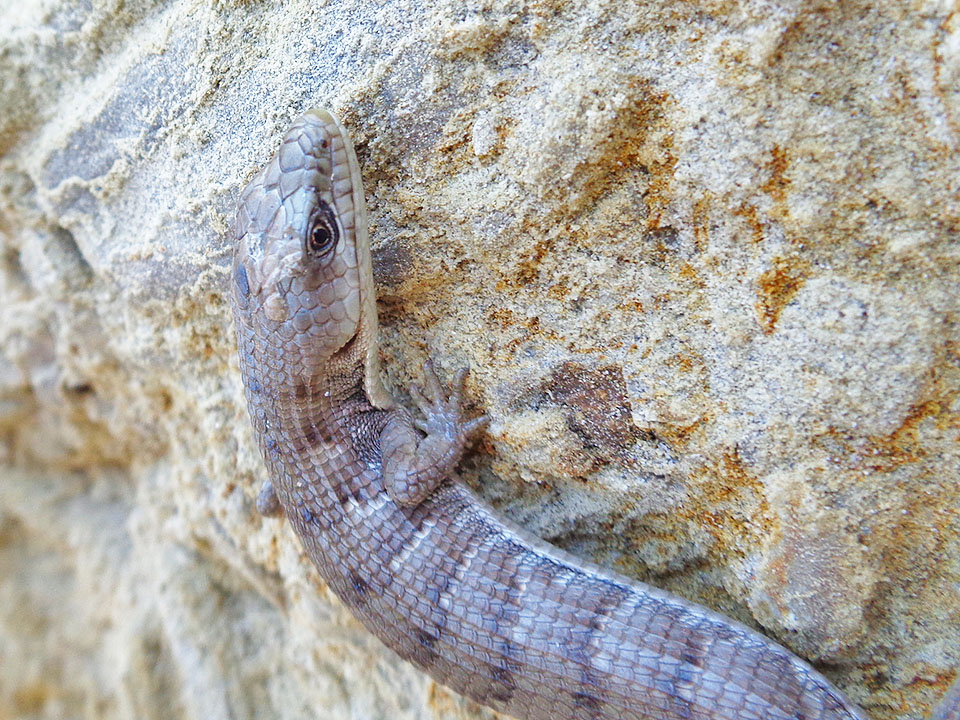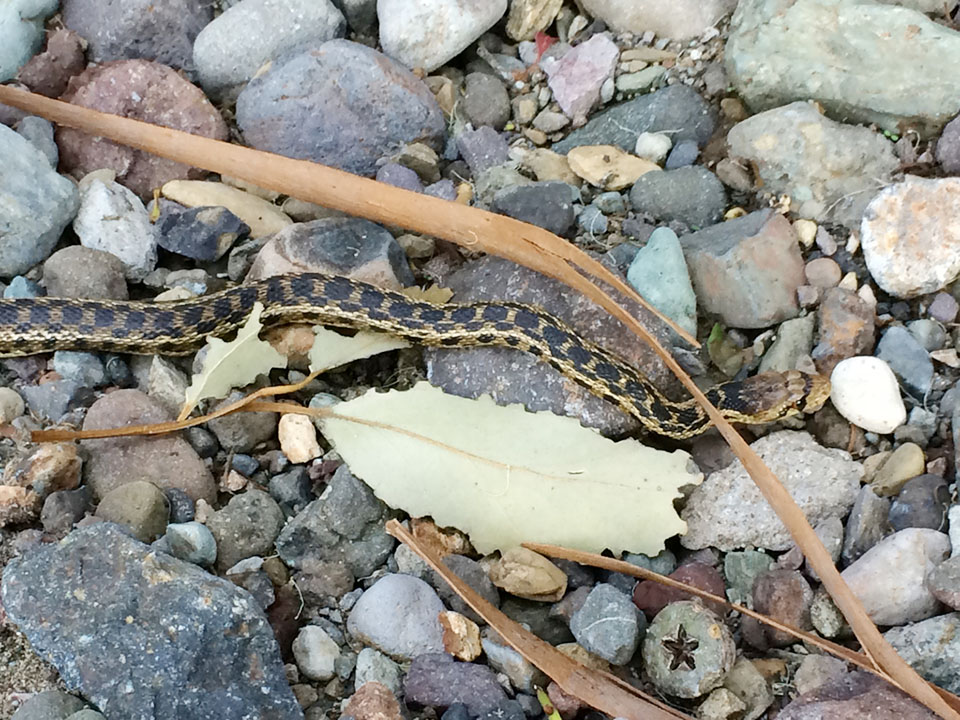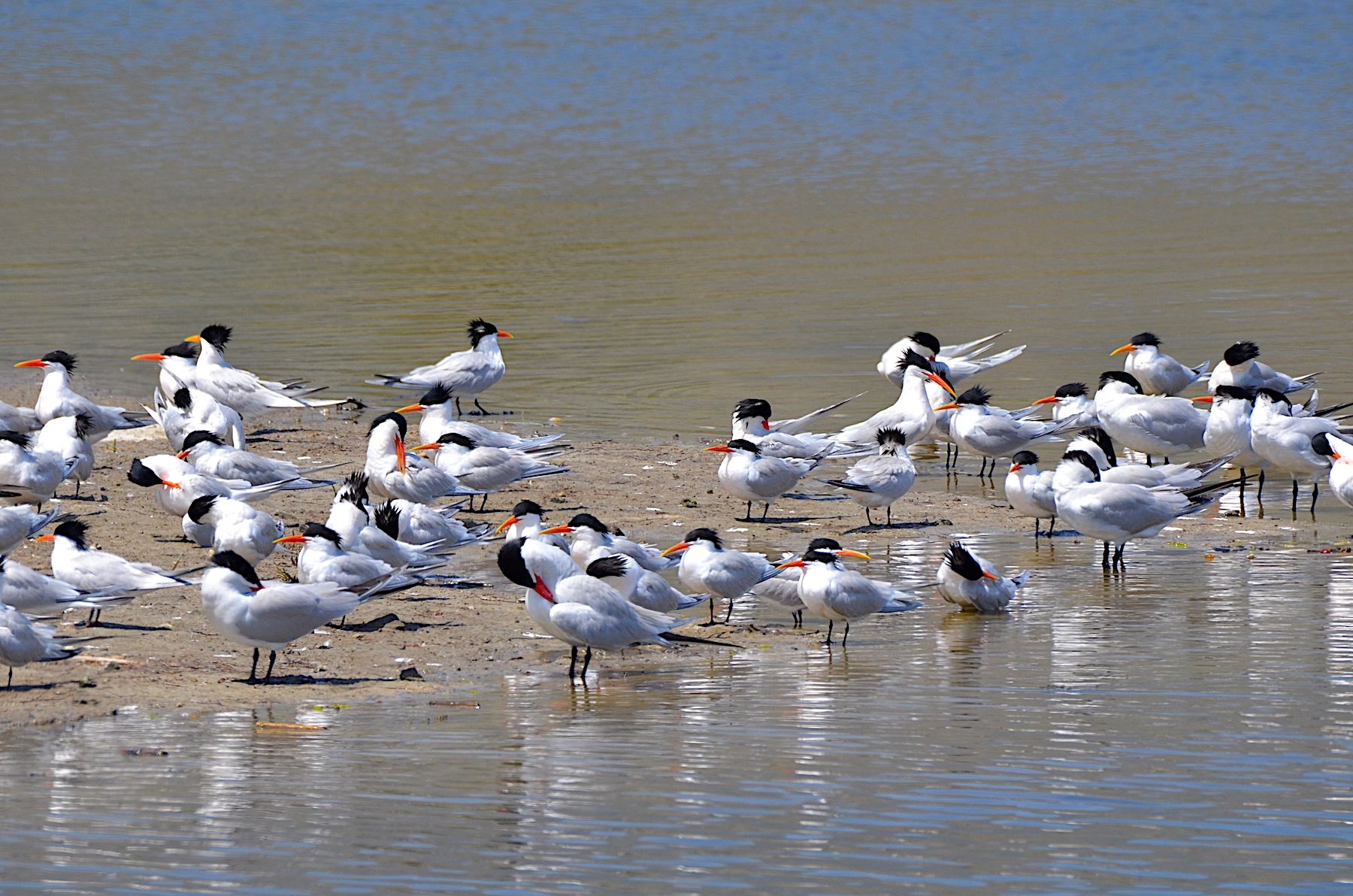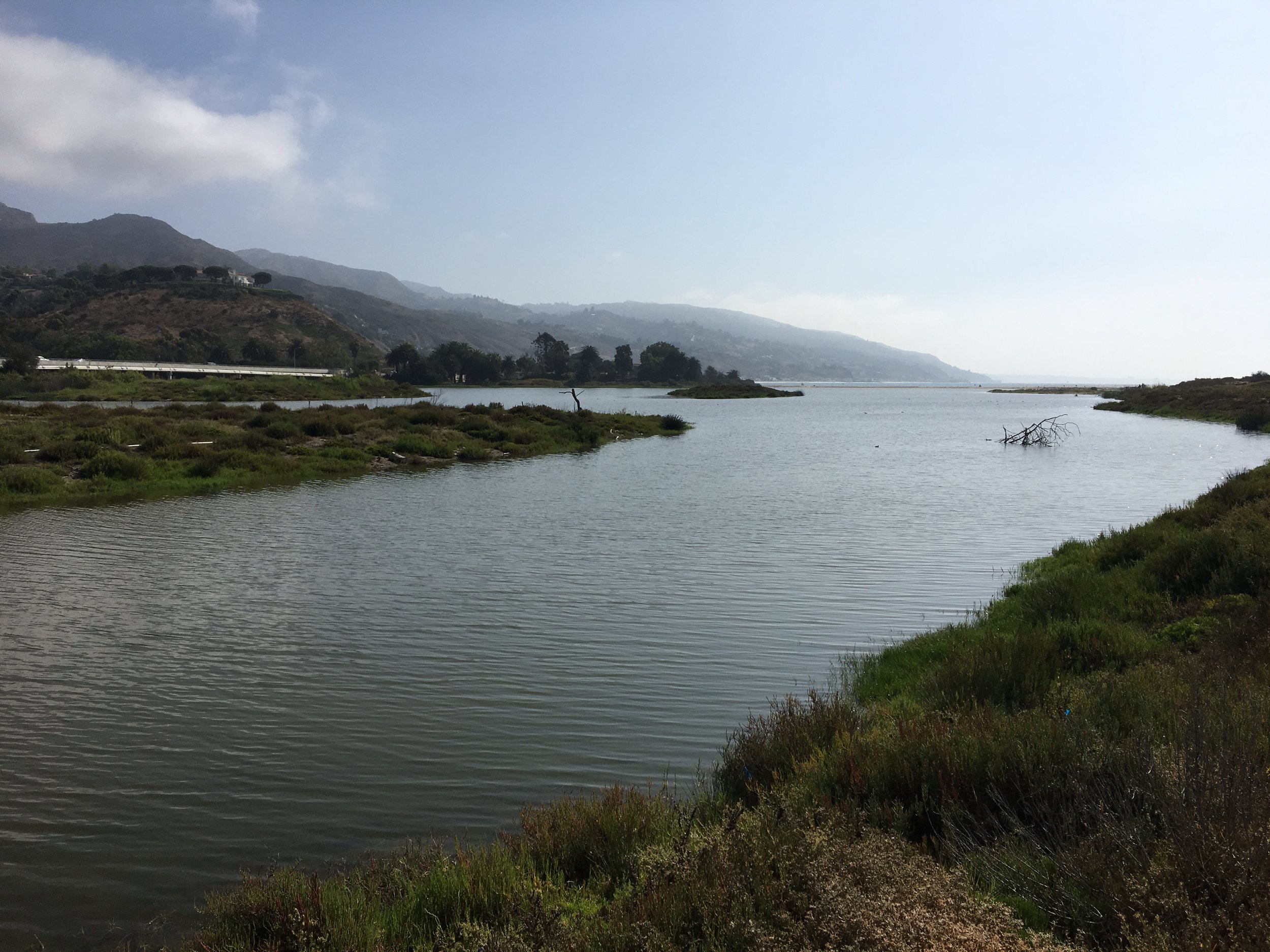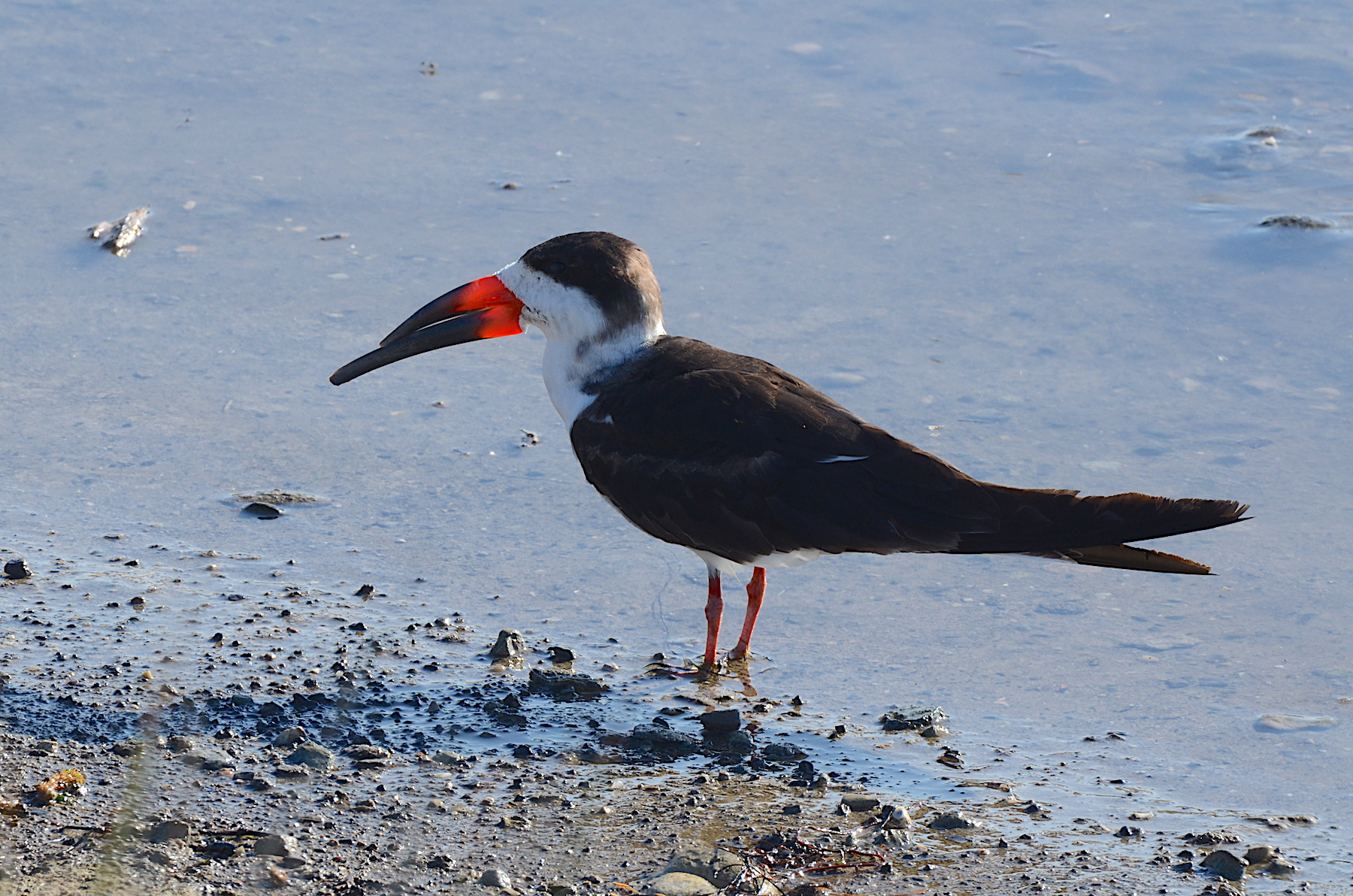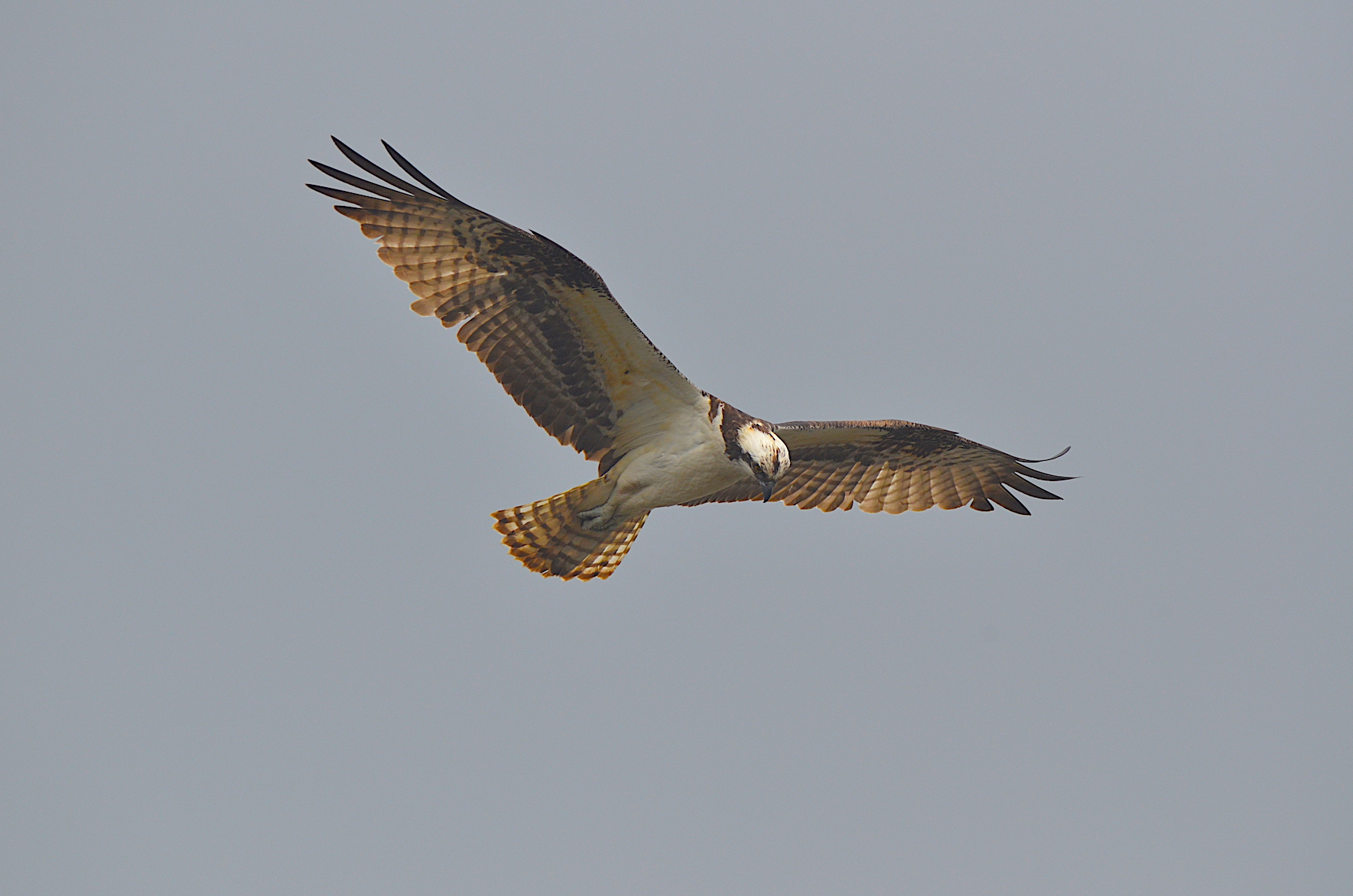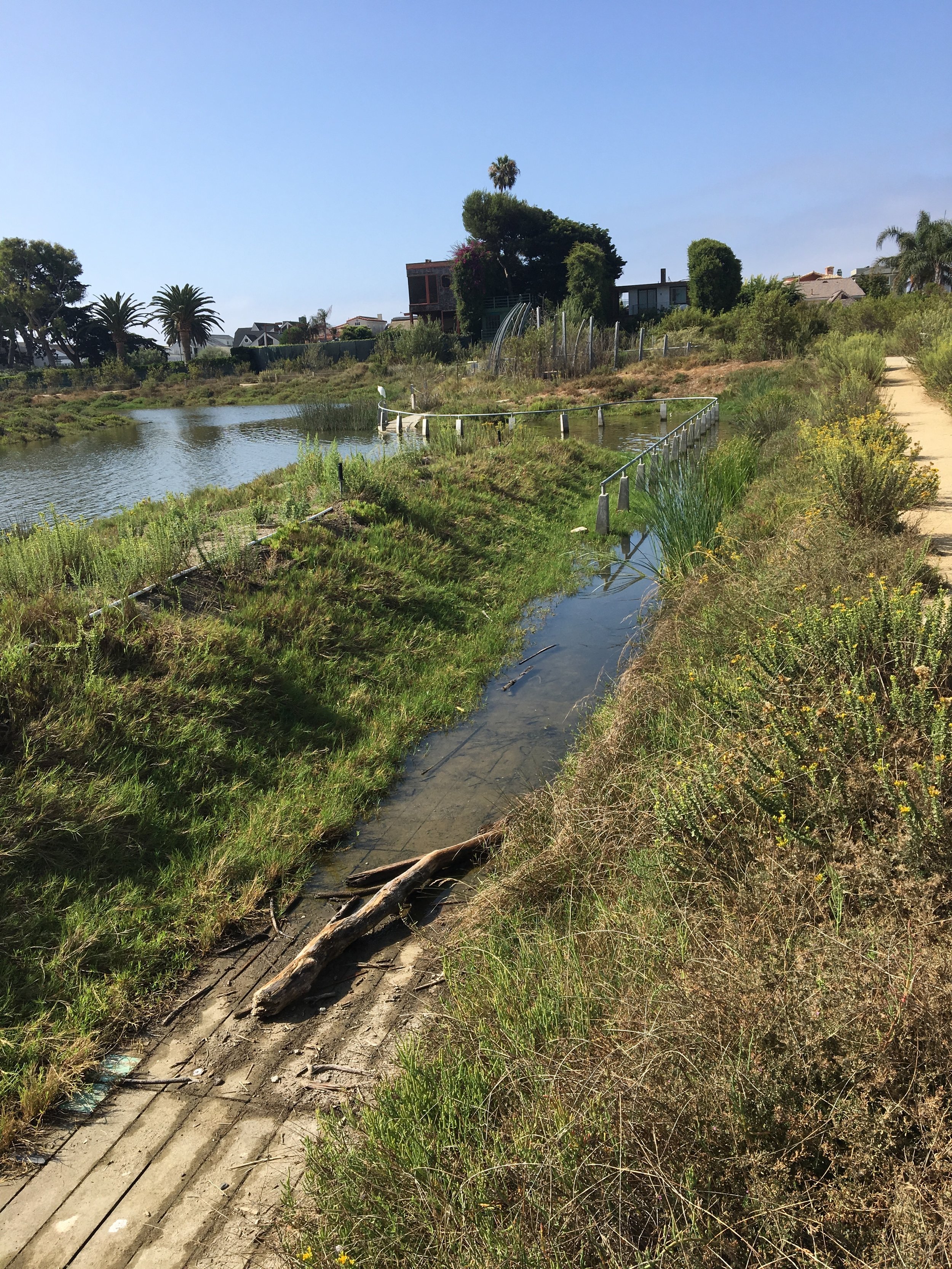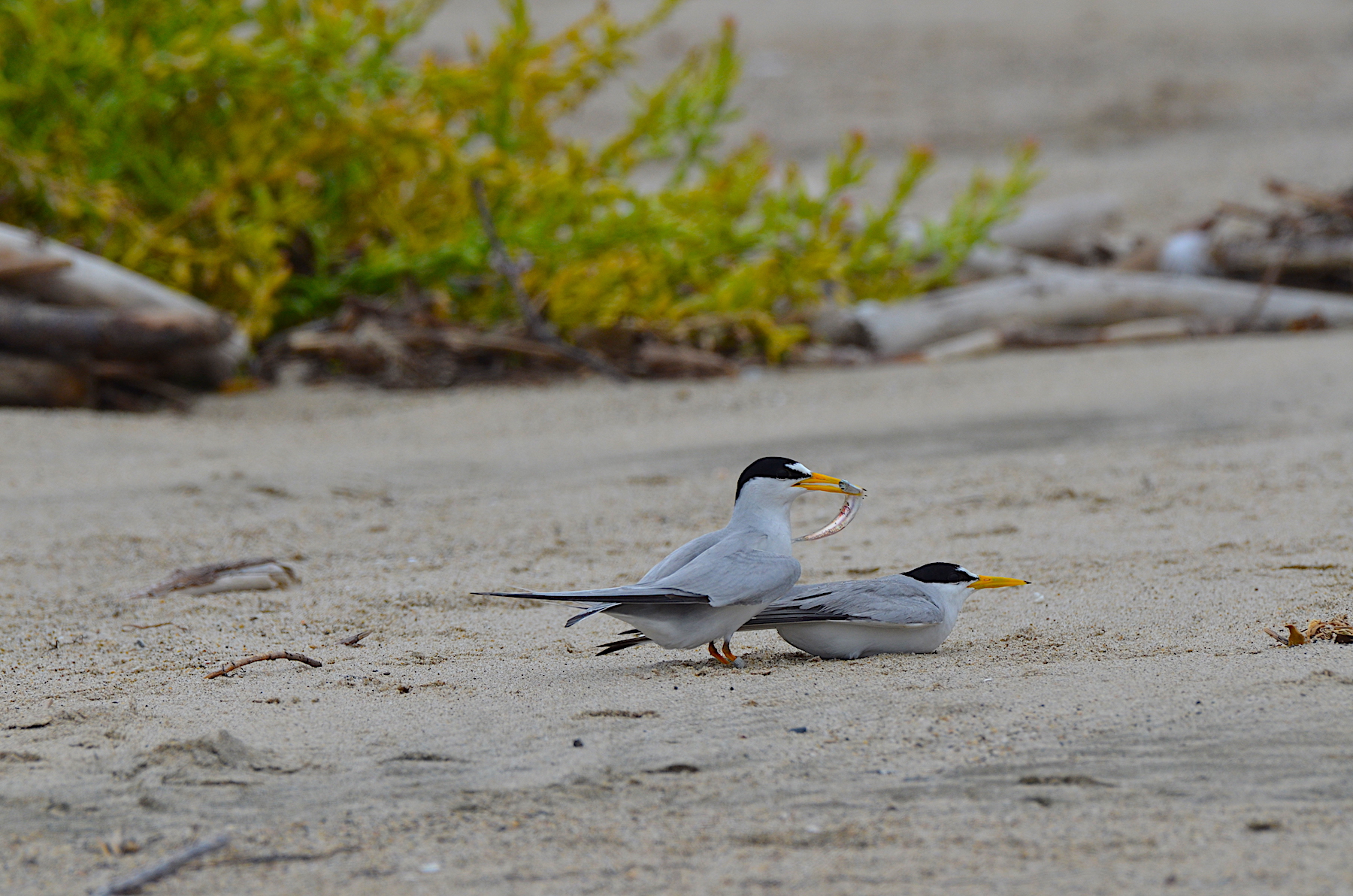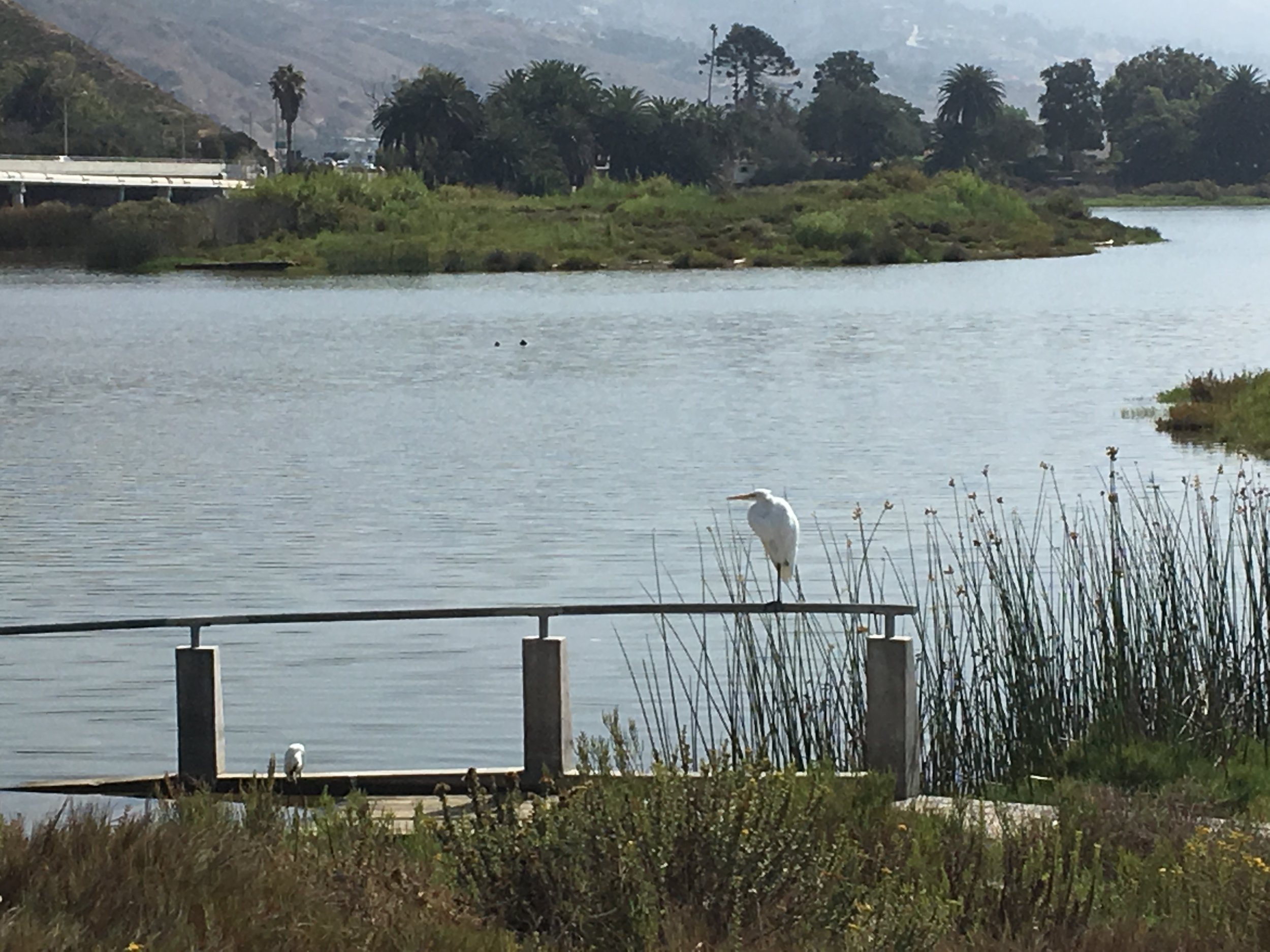Five years after planting thousands of native-California wetland seedlings at Malibu Lagoon, Growing Solutions staff and volunteers joined the staff of the Santa Monica Bay Restoration Foundation to remove irrigation and allow Mother Nature to do the heavy lifting in ensuring the long-term health and vitality of the lagoon. Starting in 2013, Growing Solutions was part of a multi-agency effort to restore the lagoon’s natural tidal flow and ecosystem back to the historical function that existed before human pollution, sewage, and debris dumping started in the late 1800s. Misguided efforts to turn the lagoon into a jogger’s haven by building manmade islands connected by bridges choked off the natural ocean and creek flow vital to lagoon ecology. Over the last 100 years the lagoon was plagued by decreased tidal flushing, increased pollution, non-native weed infestation and massive algae blooms that turned the once-pristine wetland into a stinking cautionary tale.
However, through careful planning and wetland re-contouring—together with vigilant watering, weeding and maintenance—the 31-acre lagoon is now able to maintain itself and provide critical habitat for dozens of wetland creatures that use the lagoon for shelter, feeding and reproduction. GS’s role was to collect the surviving native plants, propagate them off-site, deliver them back to the lagoon and help with installation and maintenance over the last five years. Results: marine species (i.e. fish, snails and crabs) populations have increased which in turn have attracted the native seabirds in increasing numbers. Many threatened species such as snowy plovers are experiencing modest but significant rebounds. Park visitorship has doubled, and many local schools now use the lagoon as a living learning lab to teach the critical value of ecology and just how hard it is to restore native systems after thoughtlessly destroying them.
Over the weekend of May 26th GS staff and volunteers helped remove, haul and recycle over three miles of irrigation pipe while managing Santa Monica Bay Restoration Foundation volunteers for the weekend event. In between they found time to enjoy some bird watching; observing osprey, egrets, pelicans, hawks and snowy plovers scurrying among the sand dunes.
If you would like to volunteer for future Lagoon events, contact the Santa Monica Bay Restoration Foundation.
